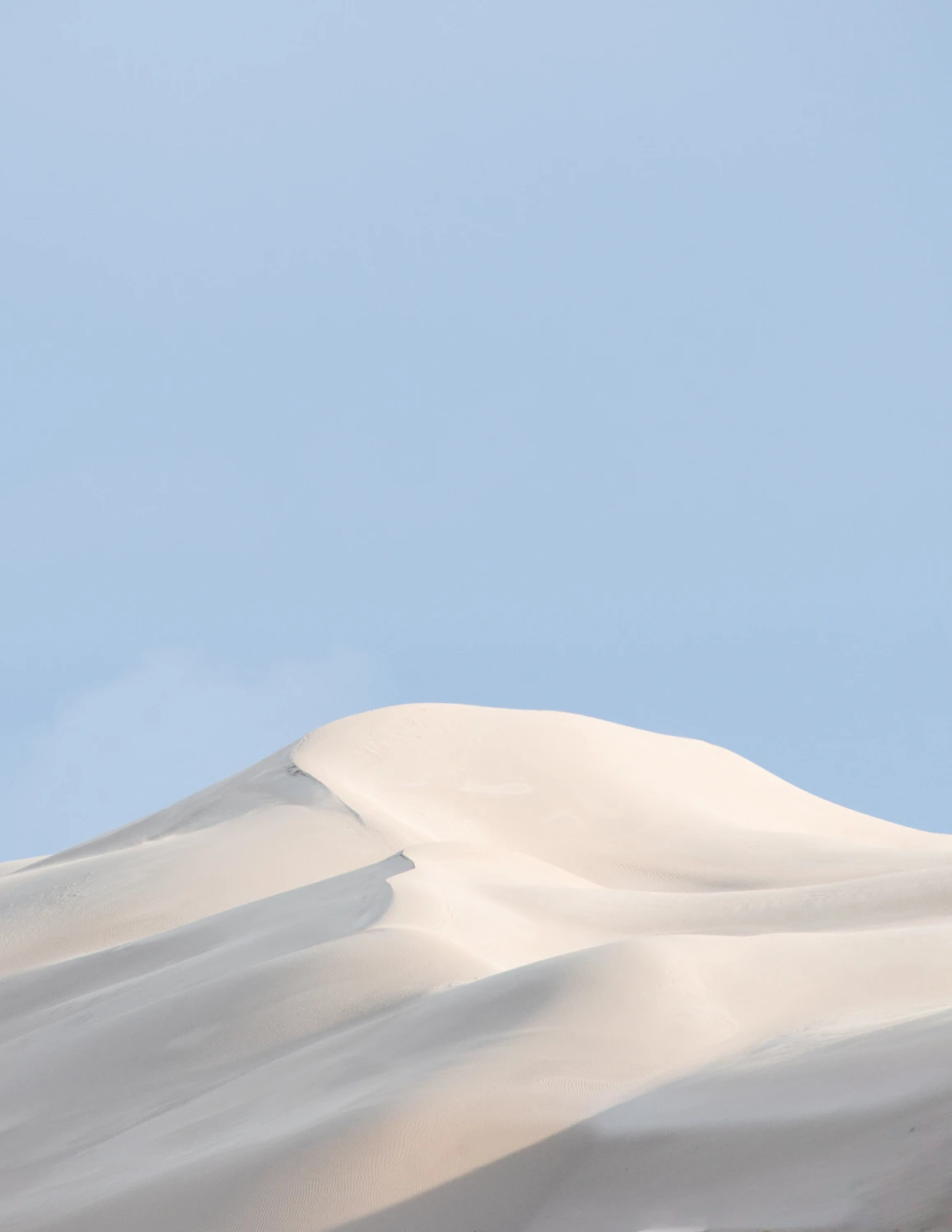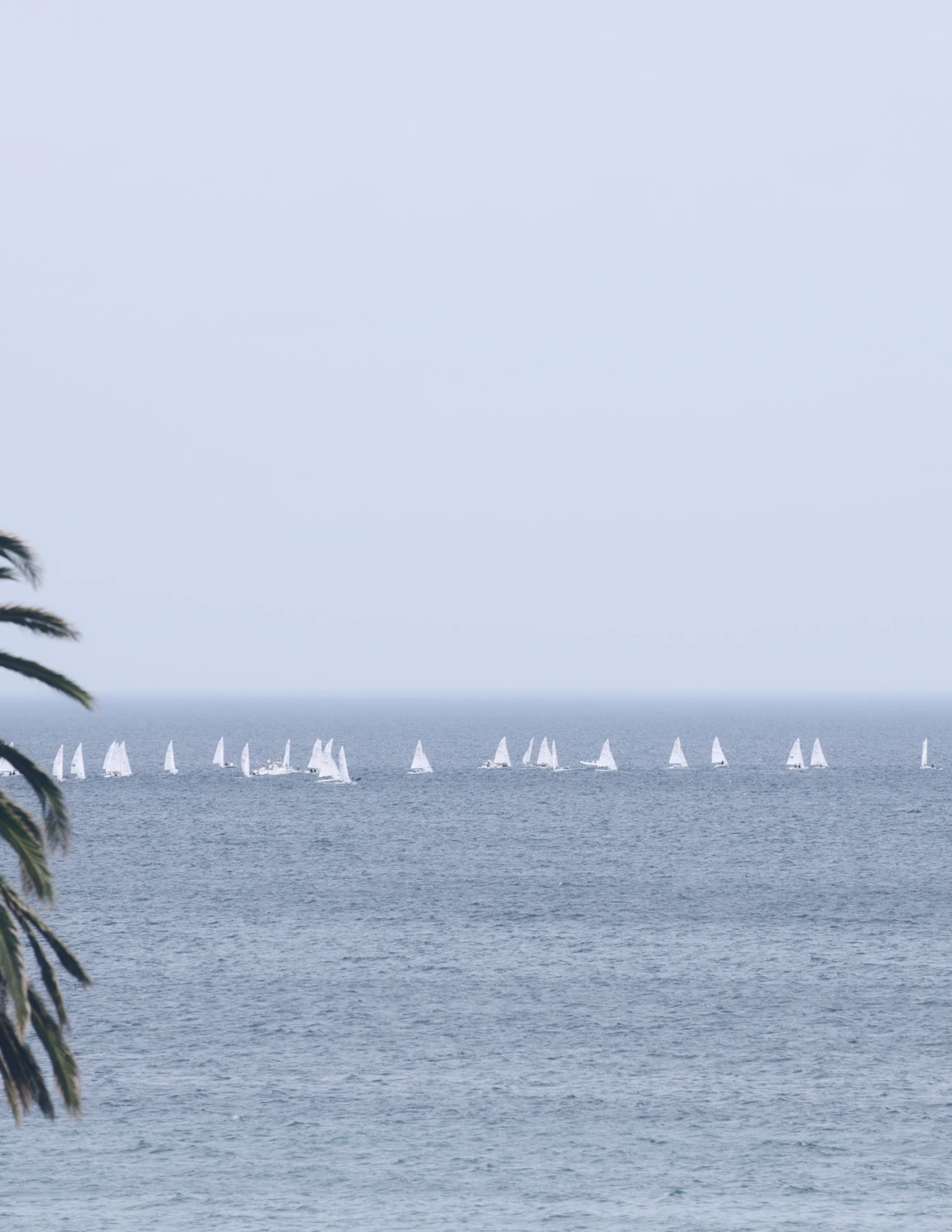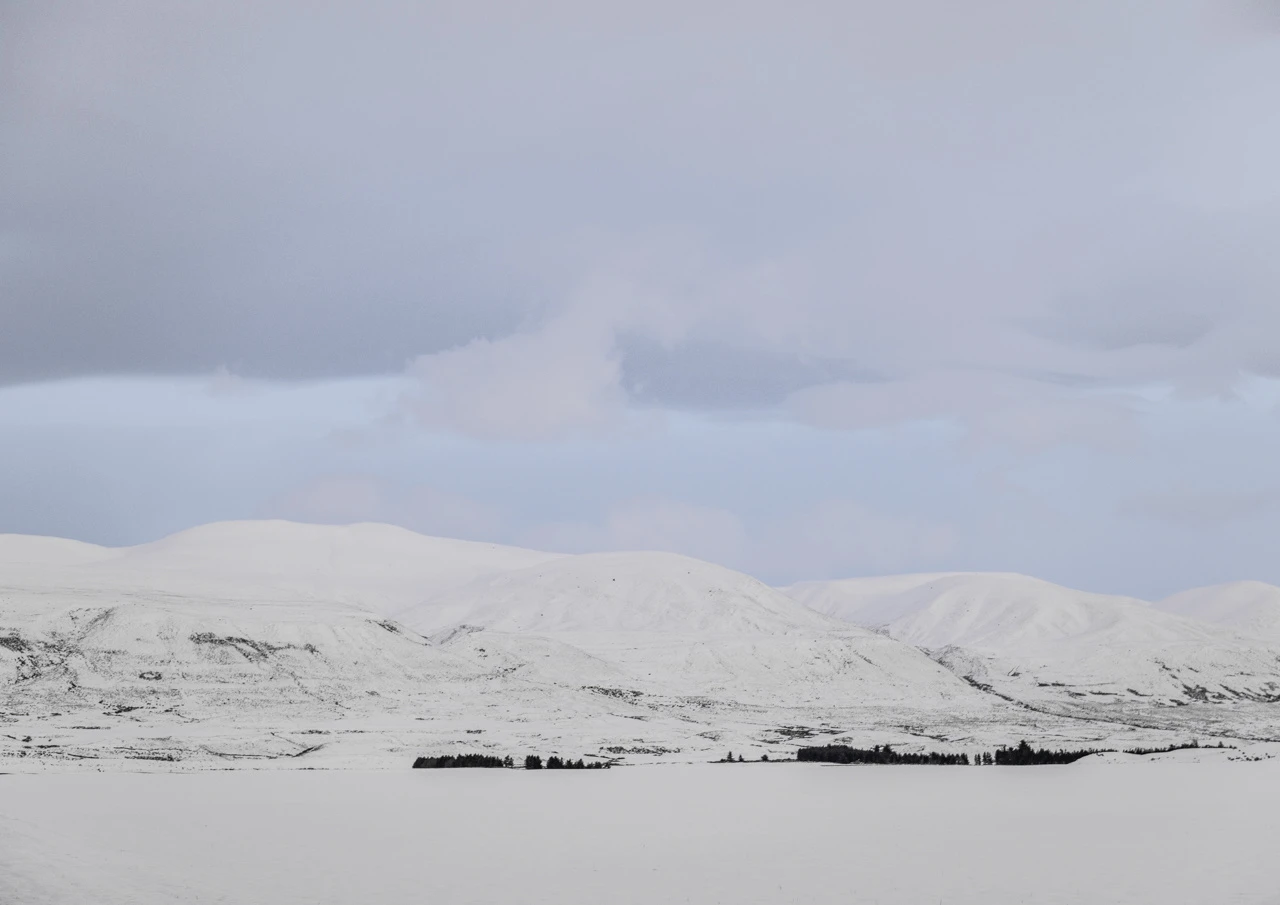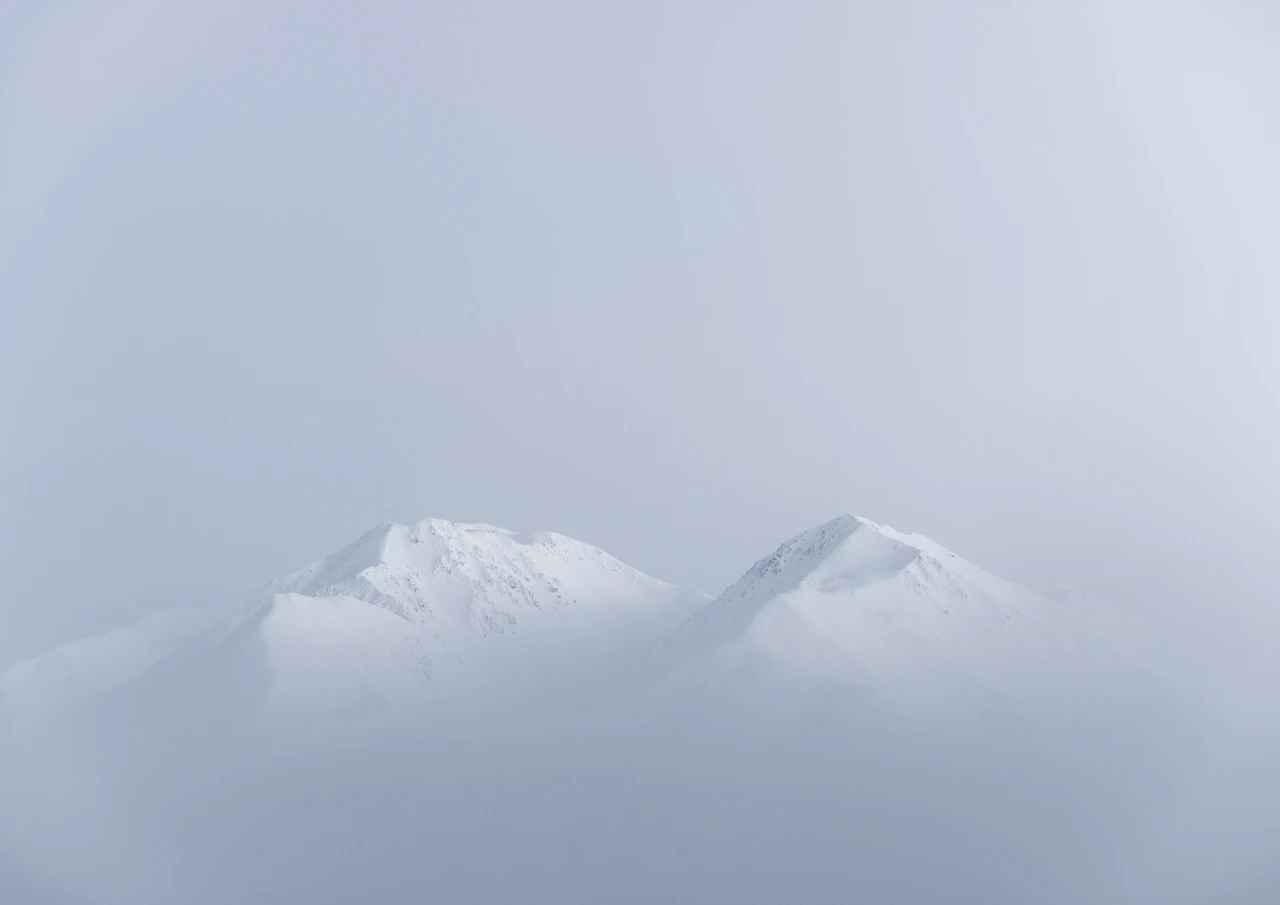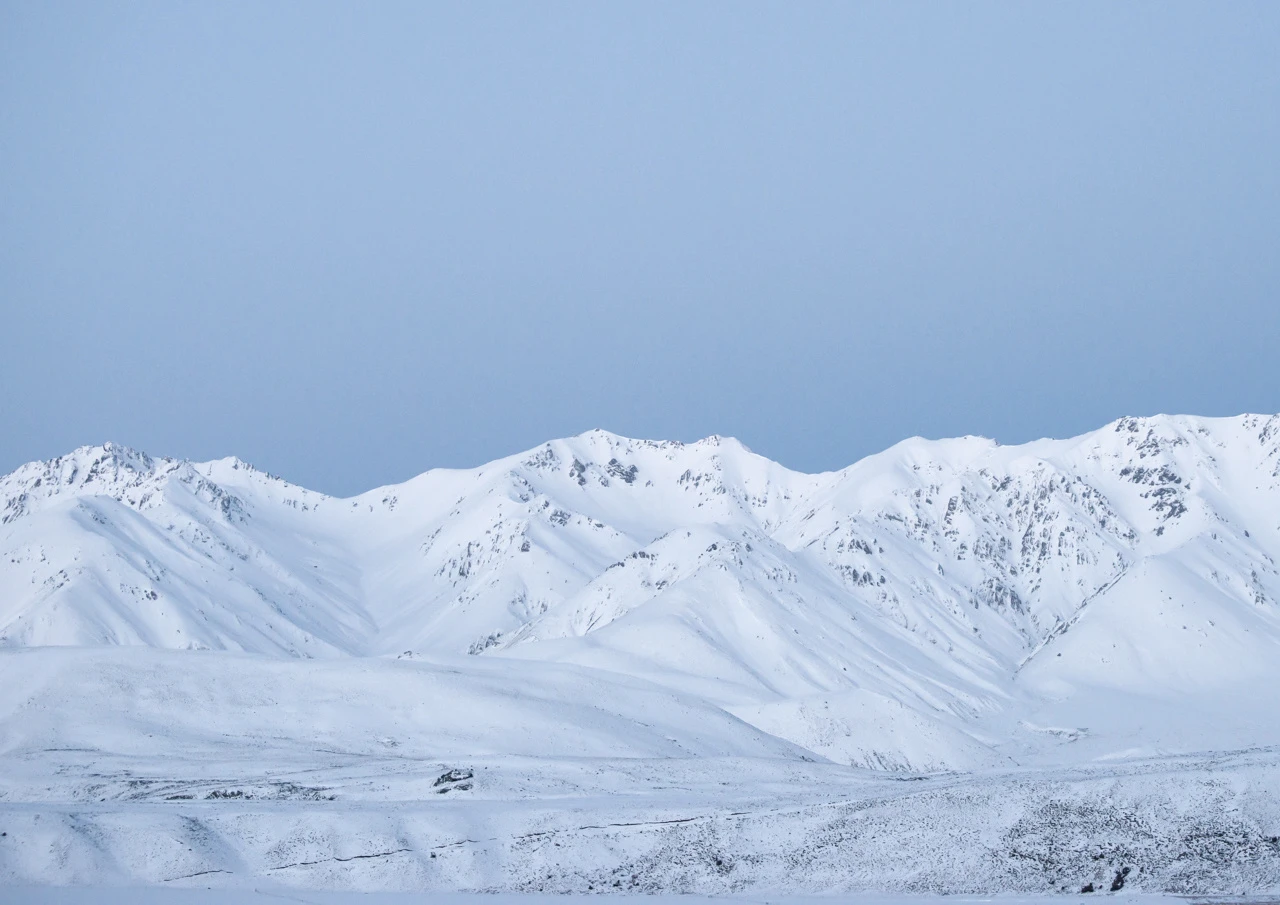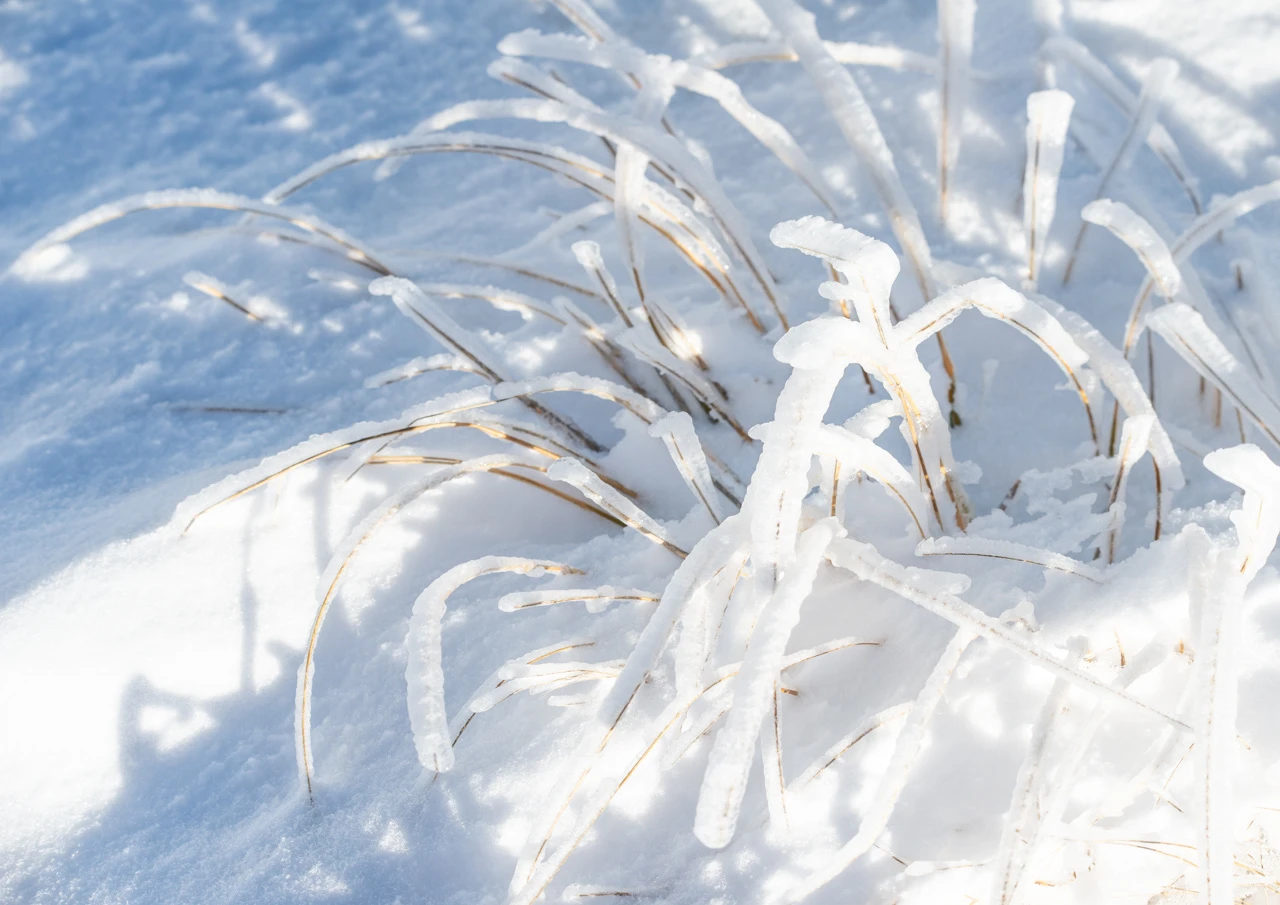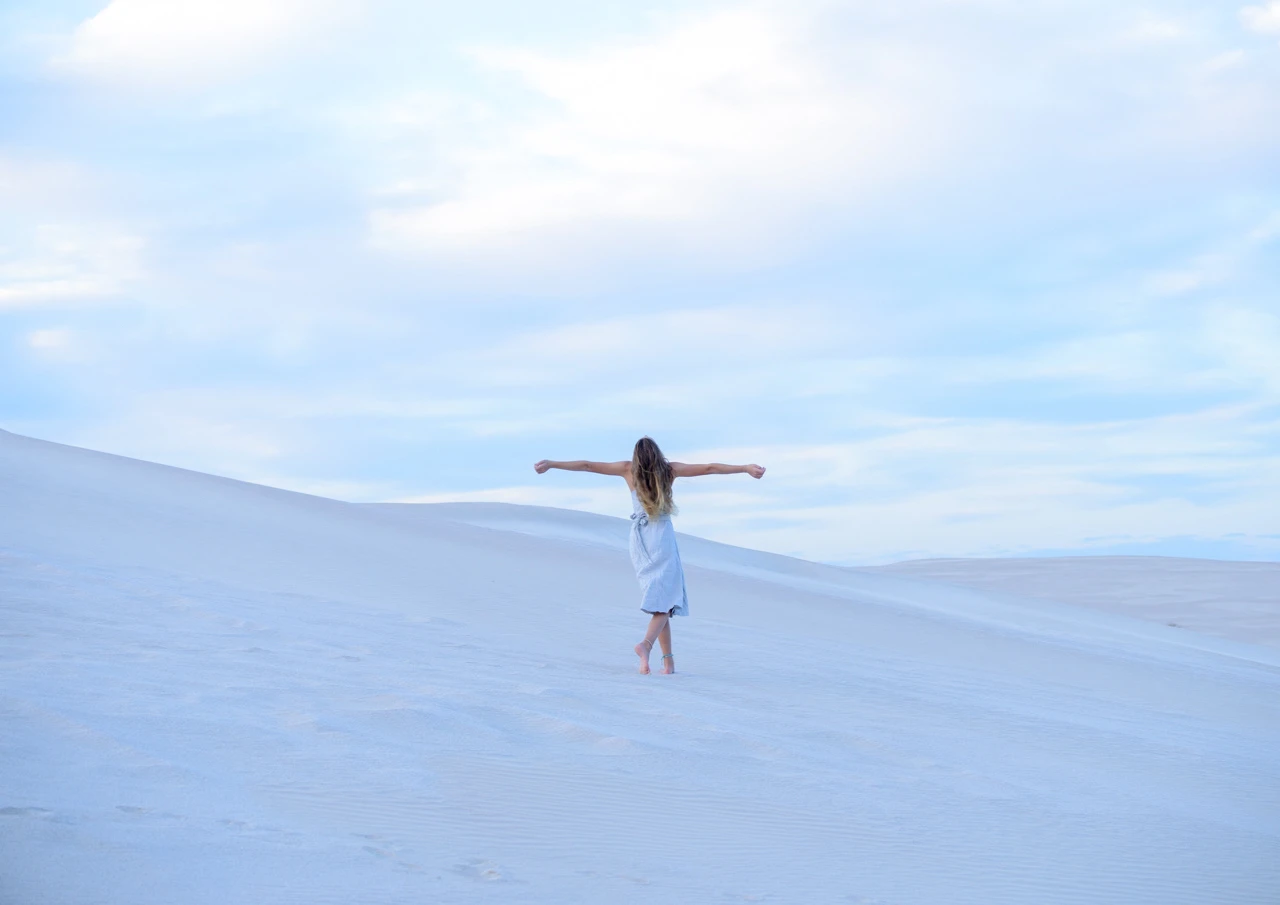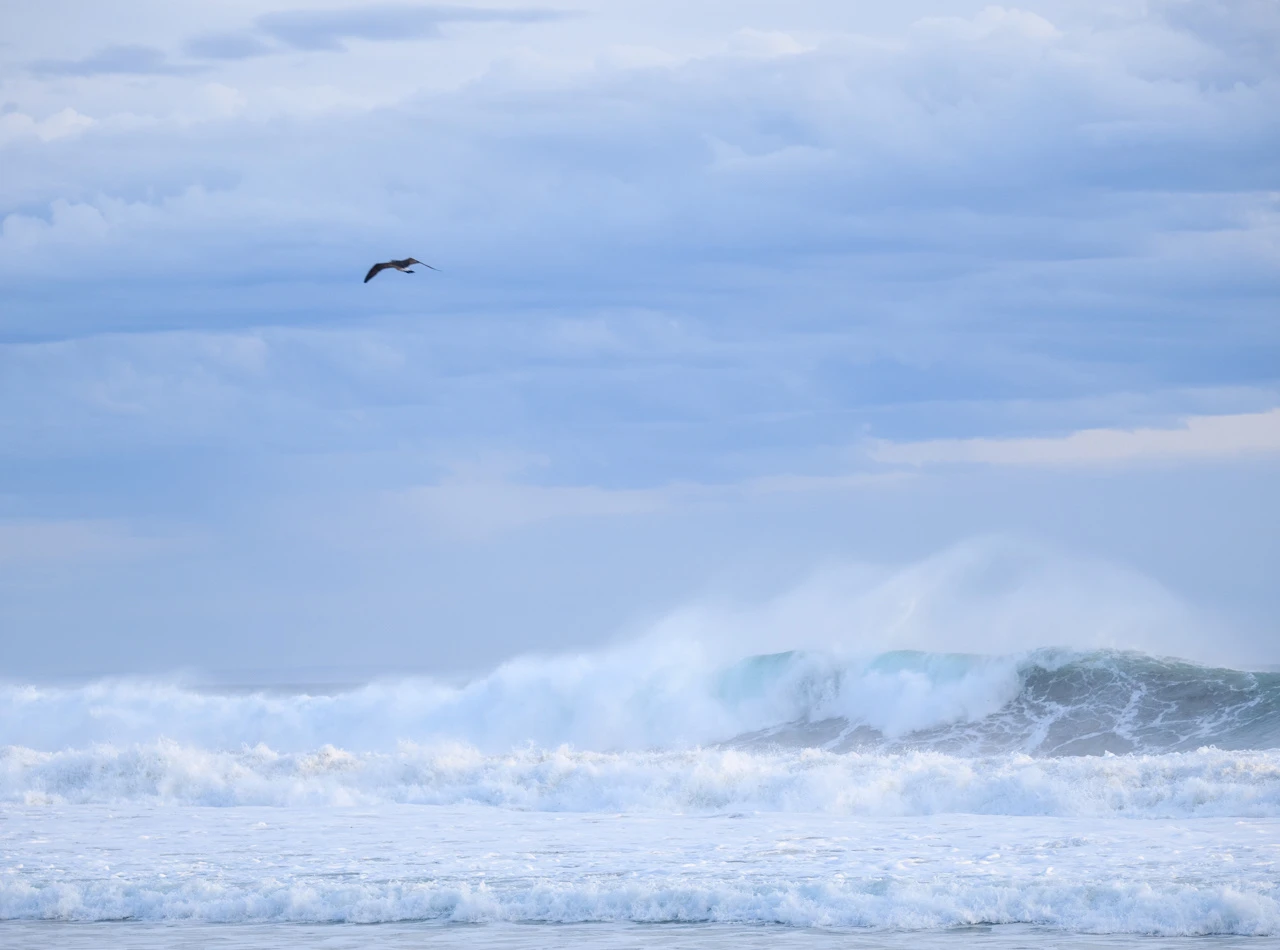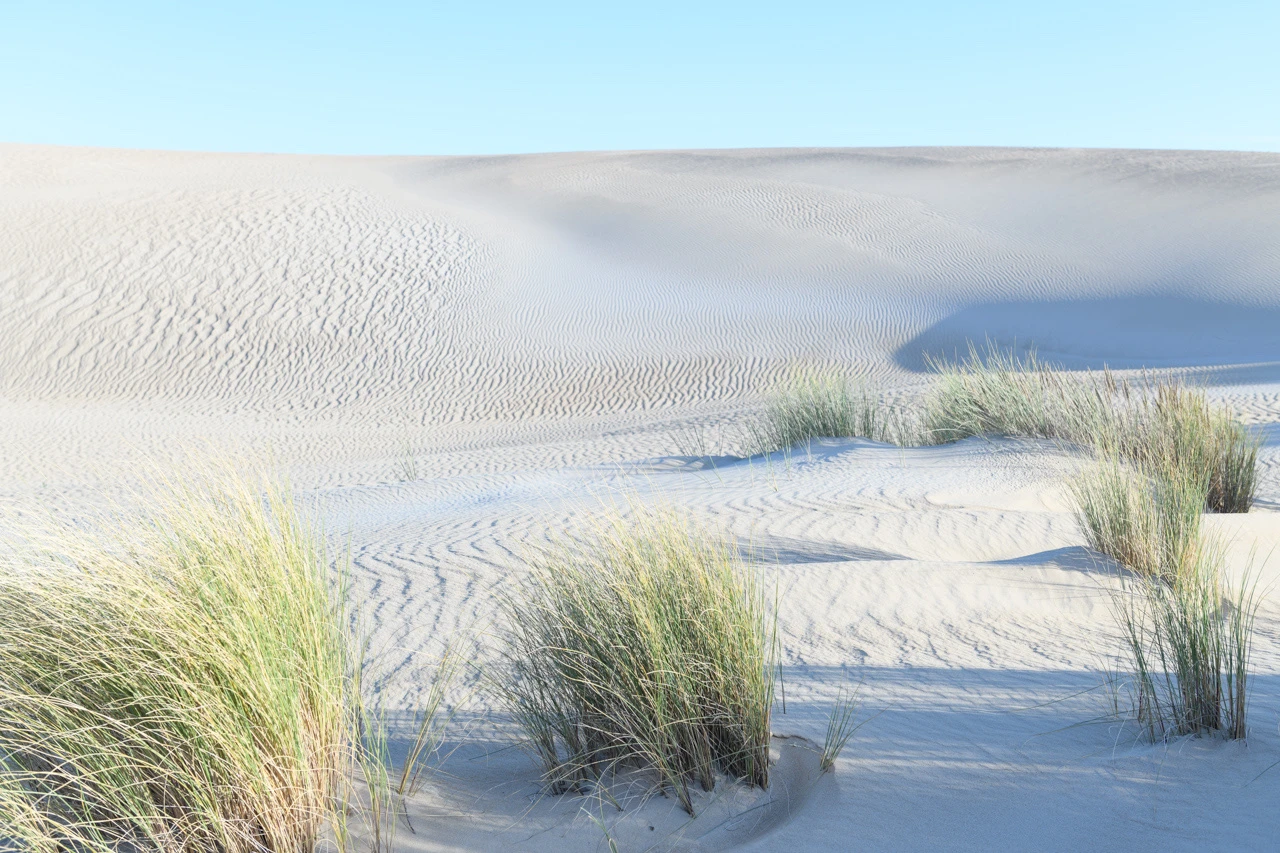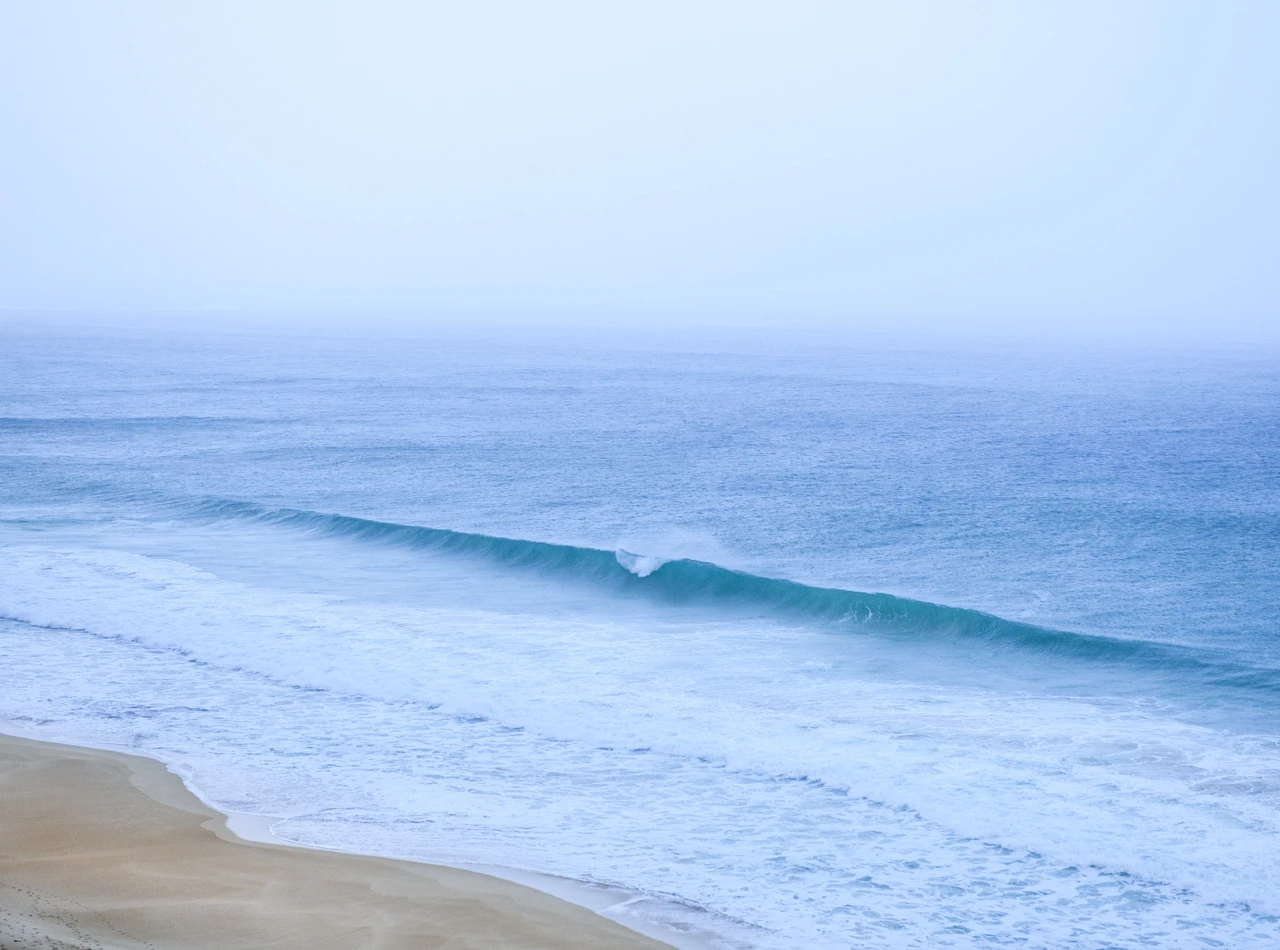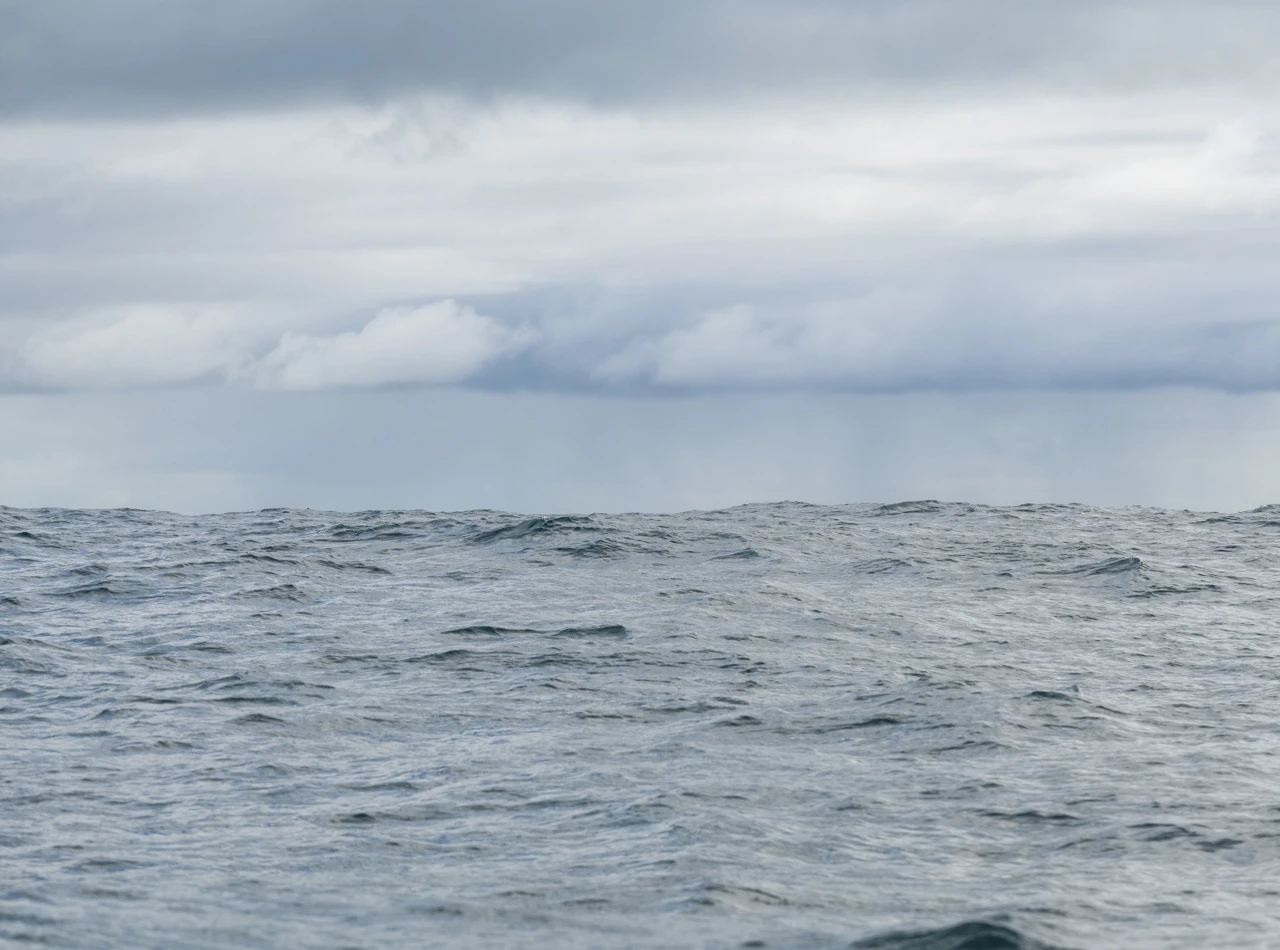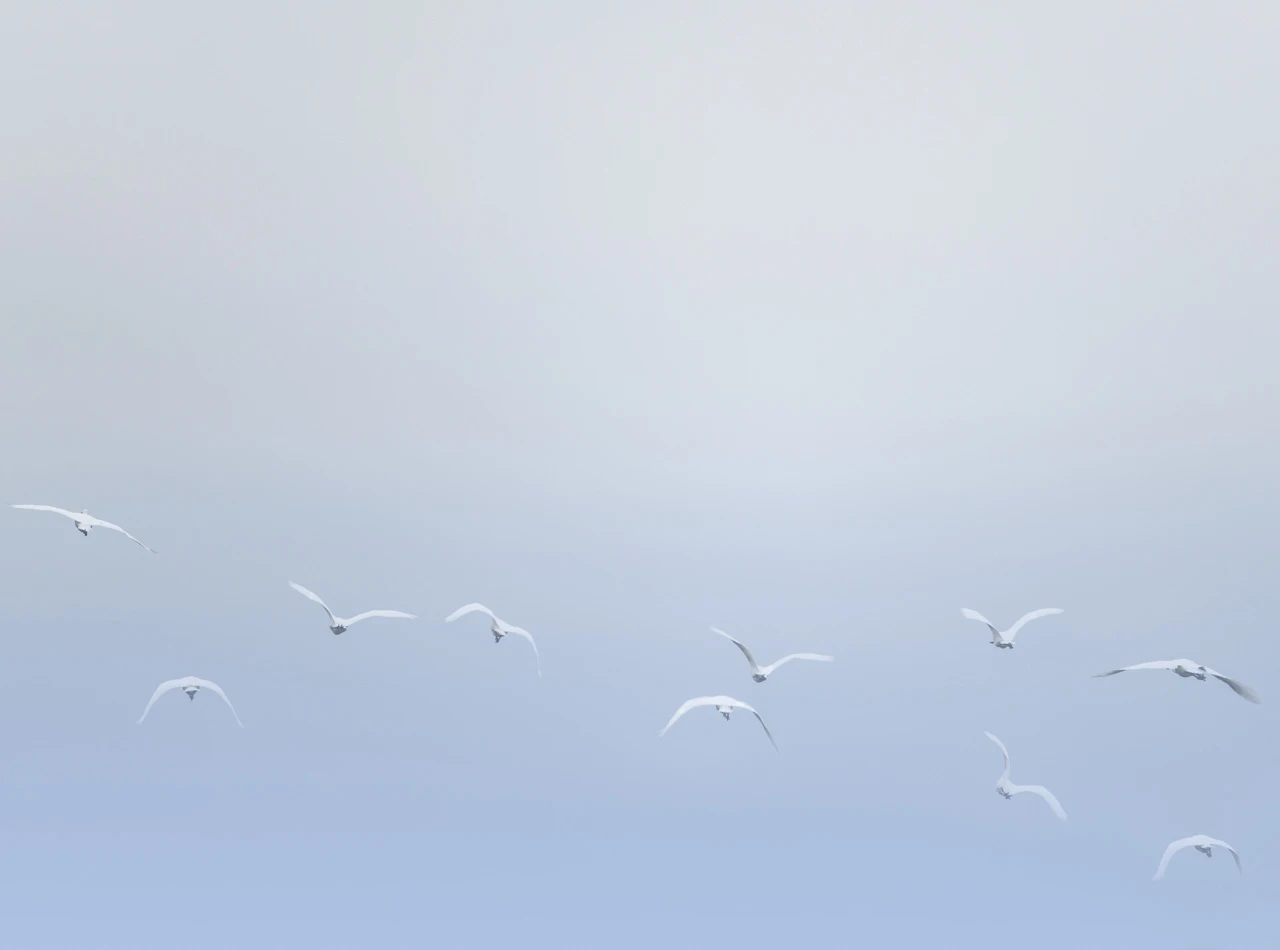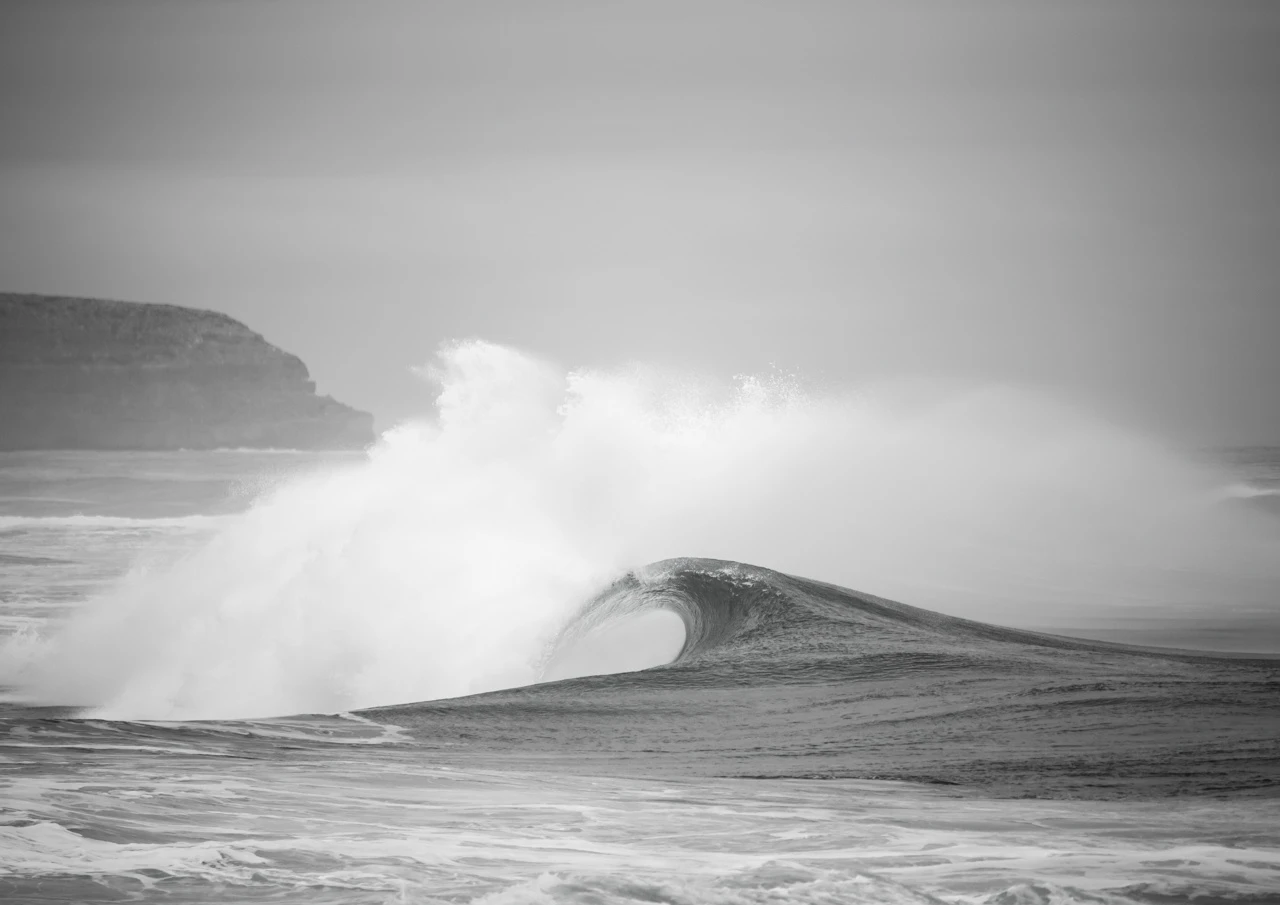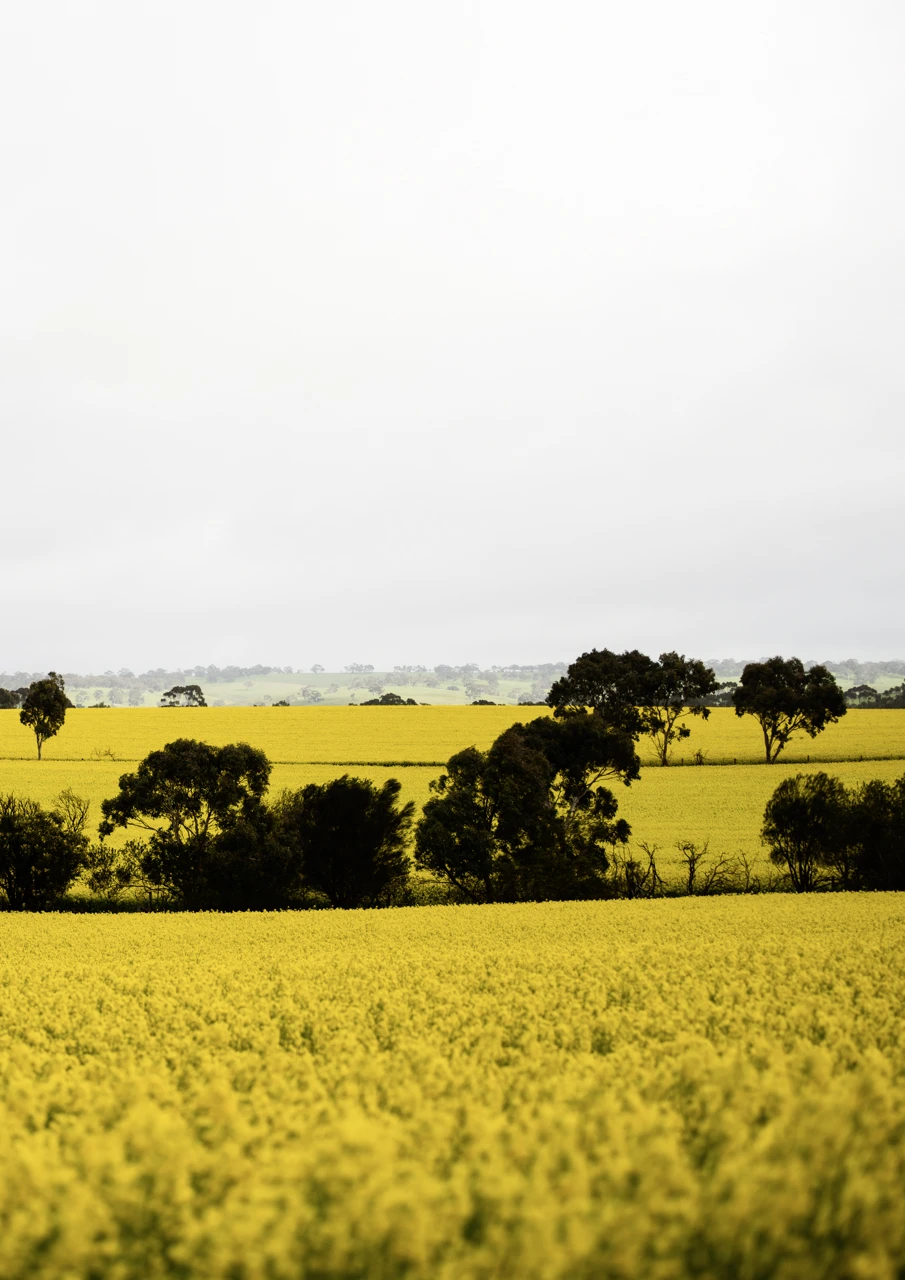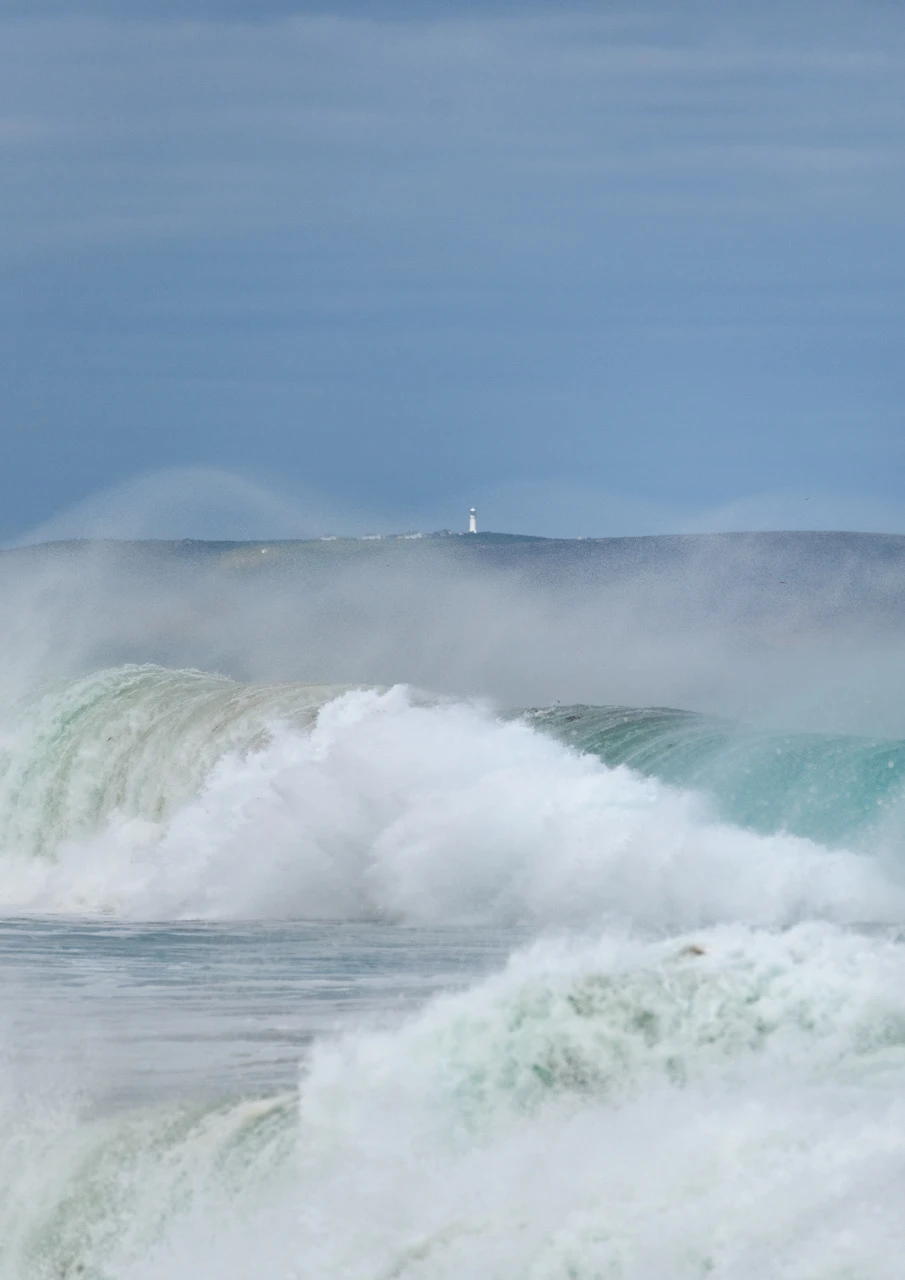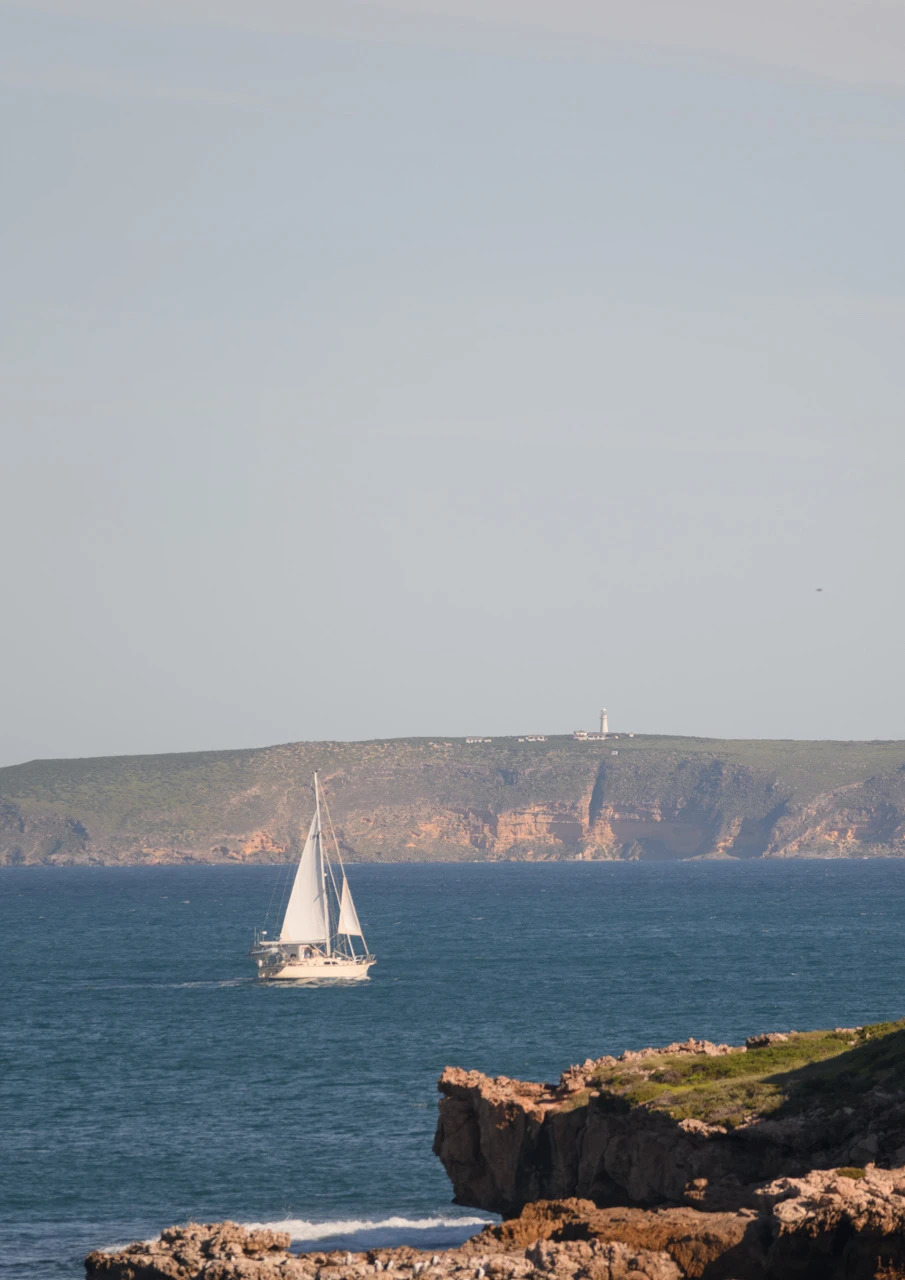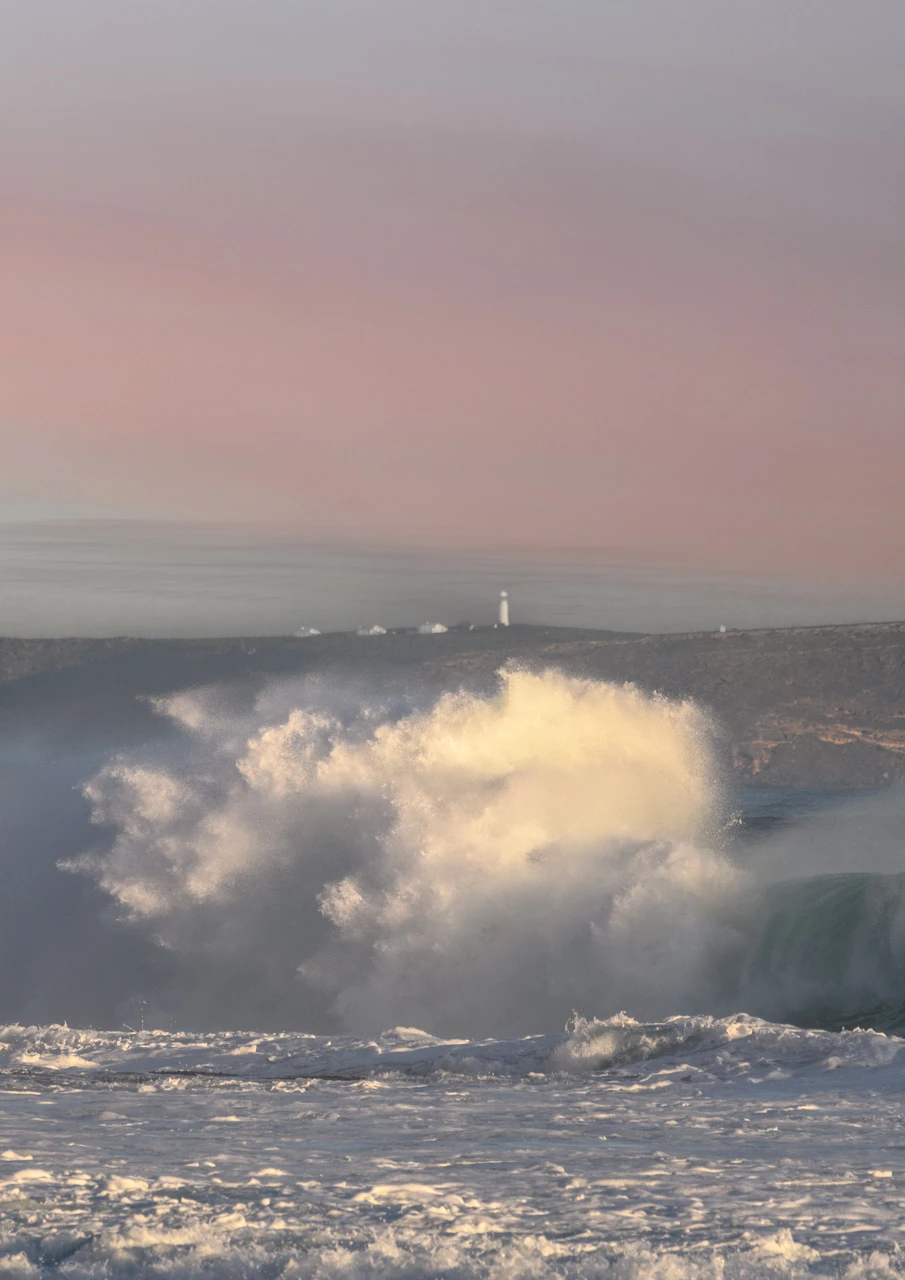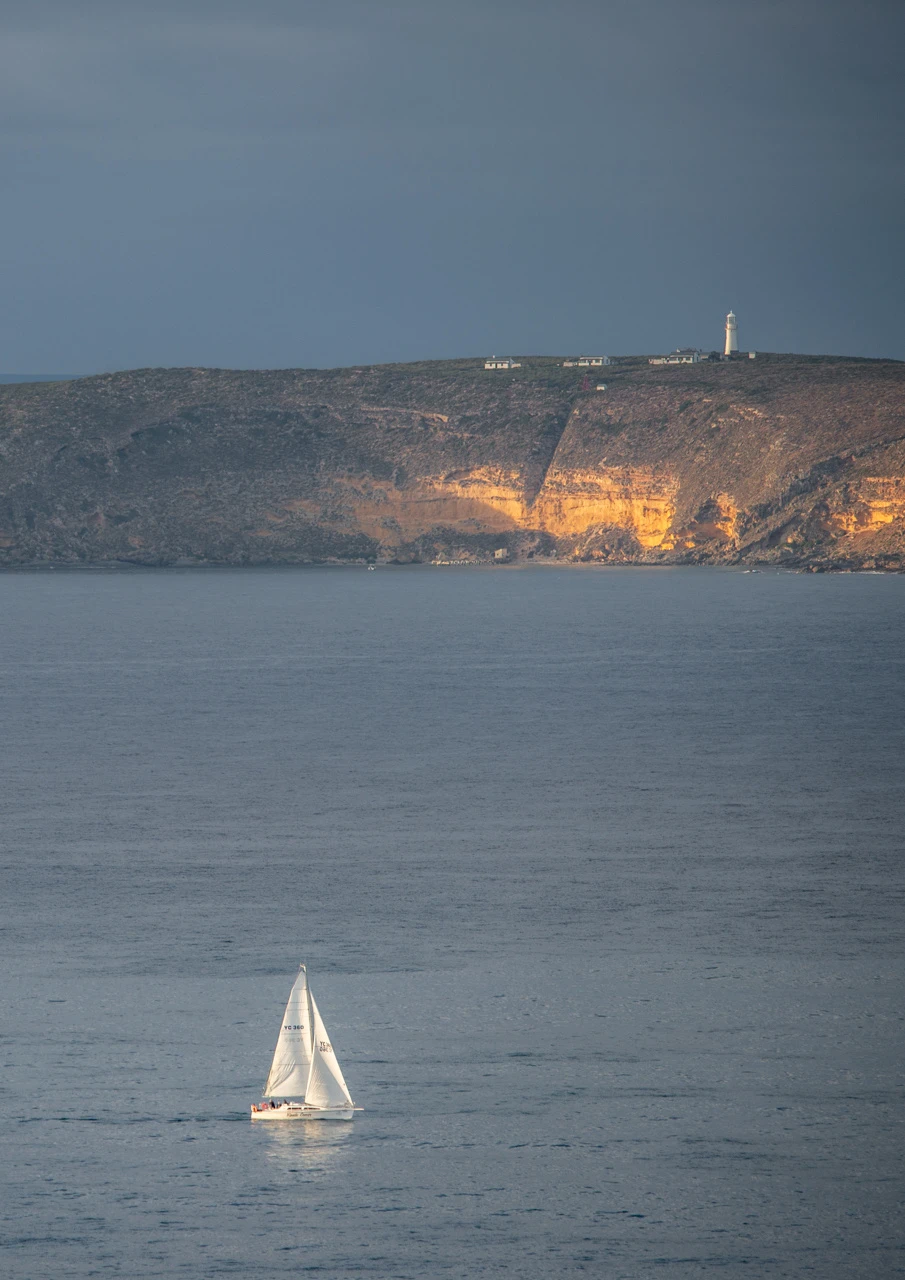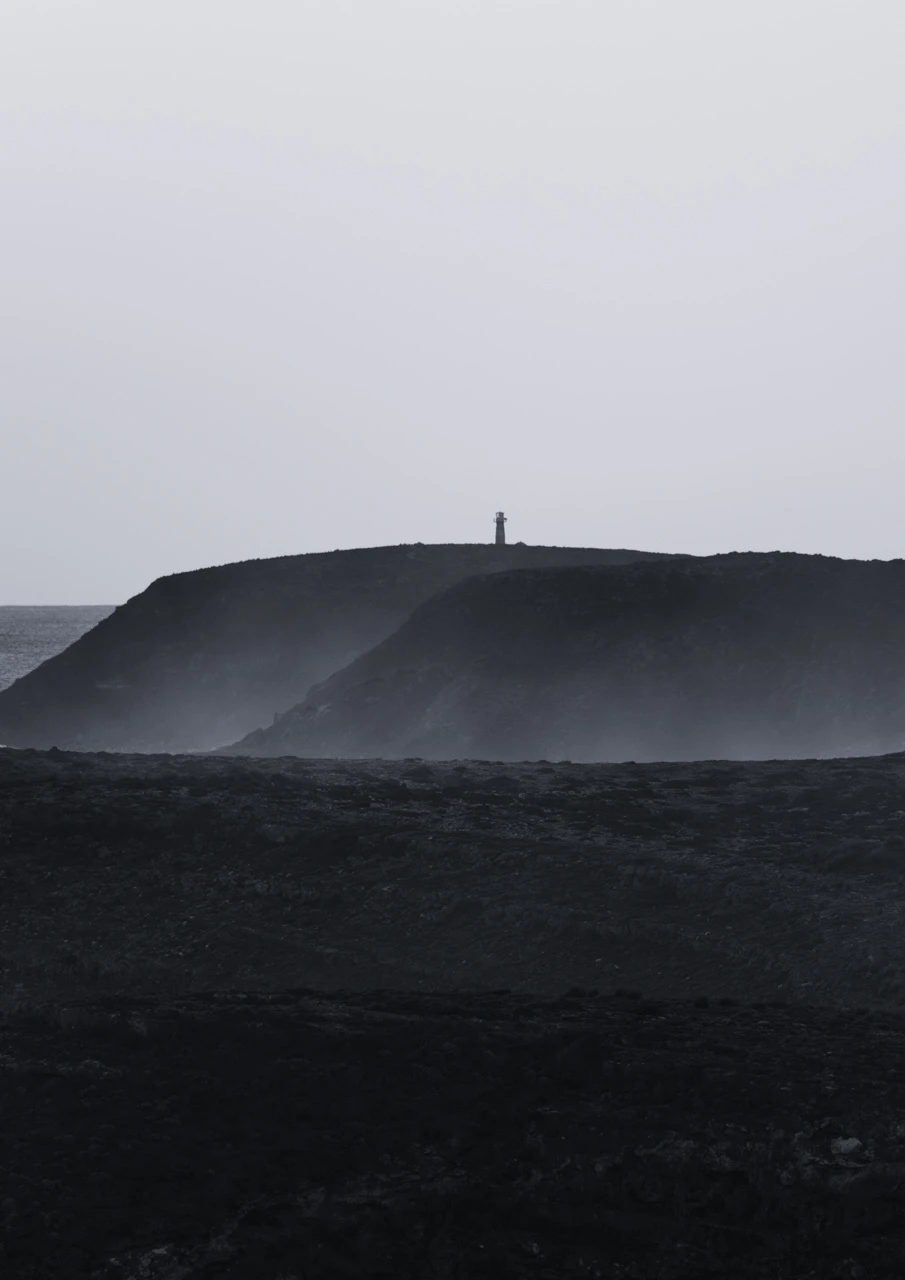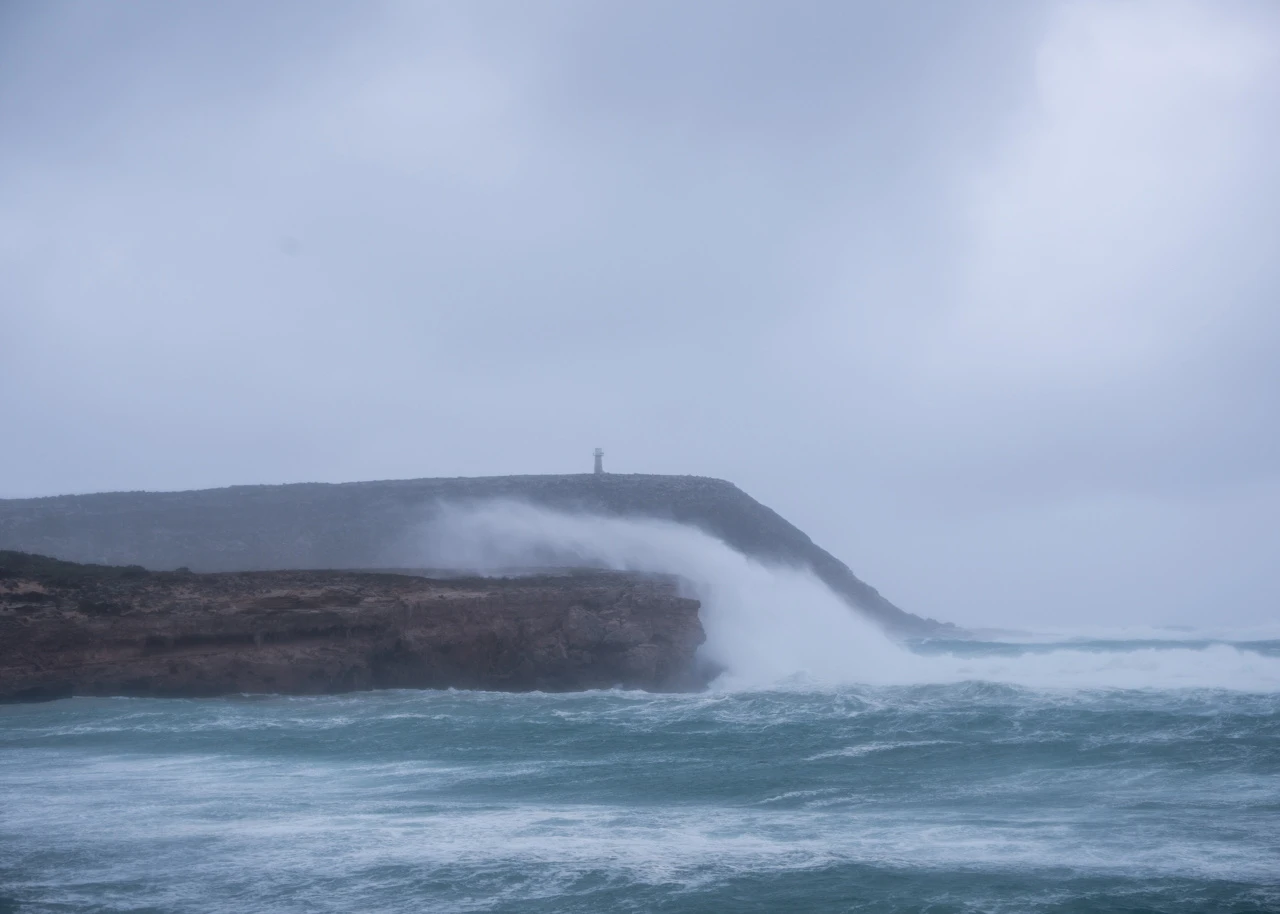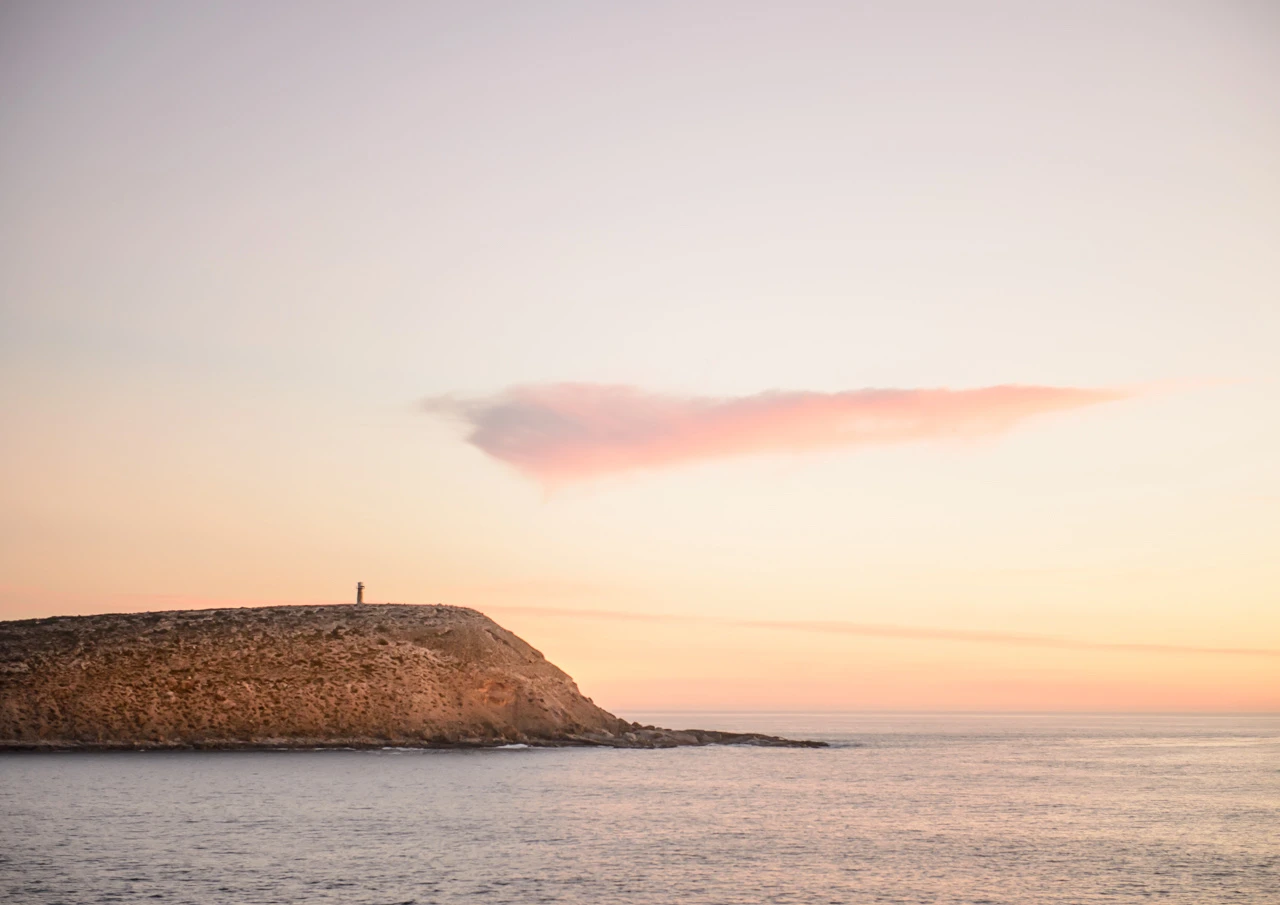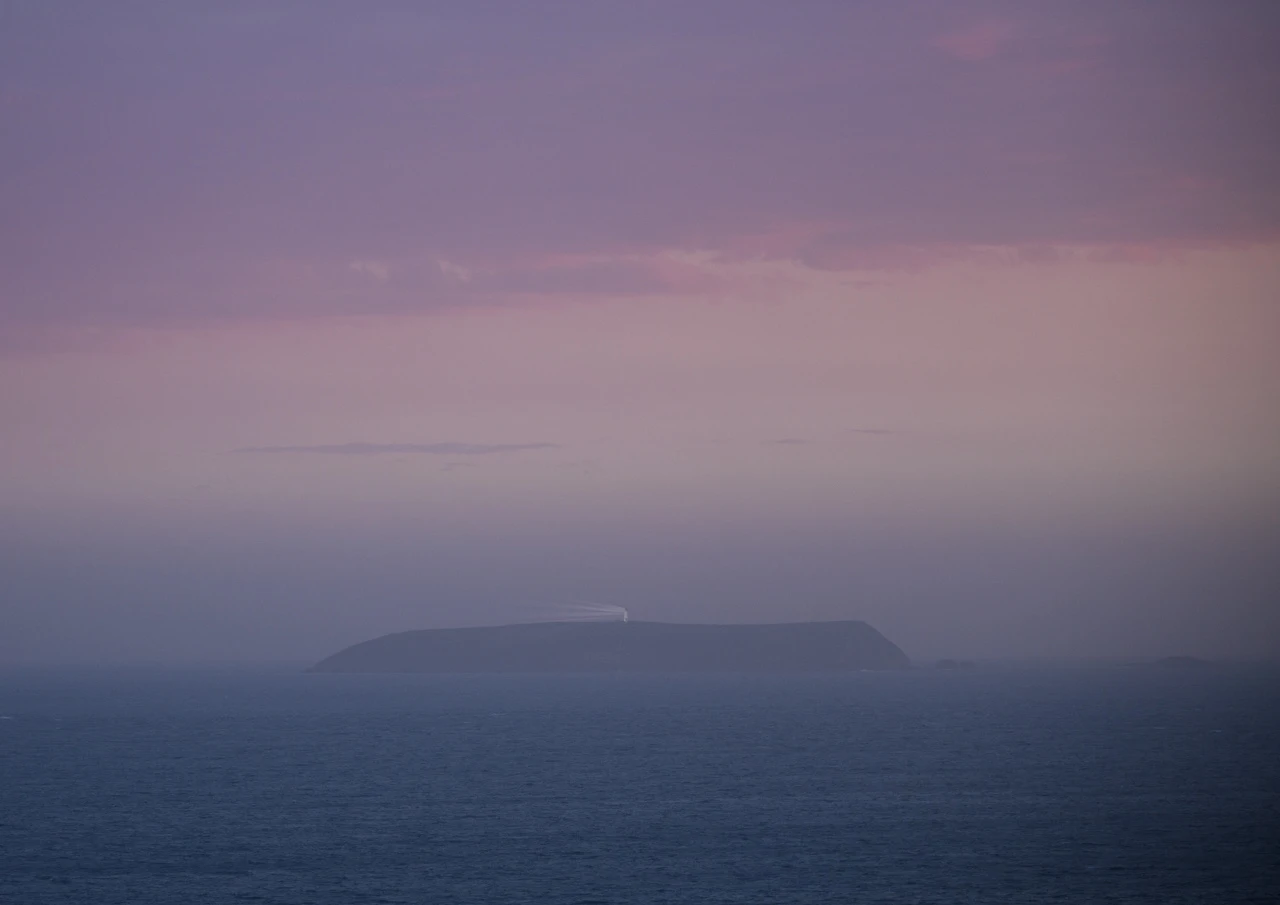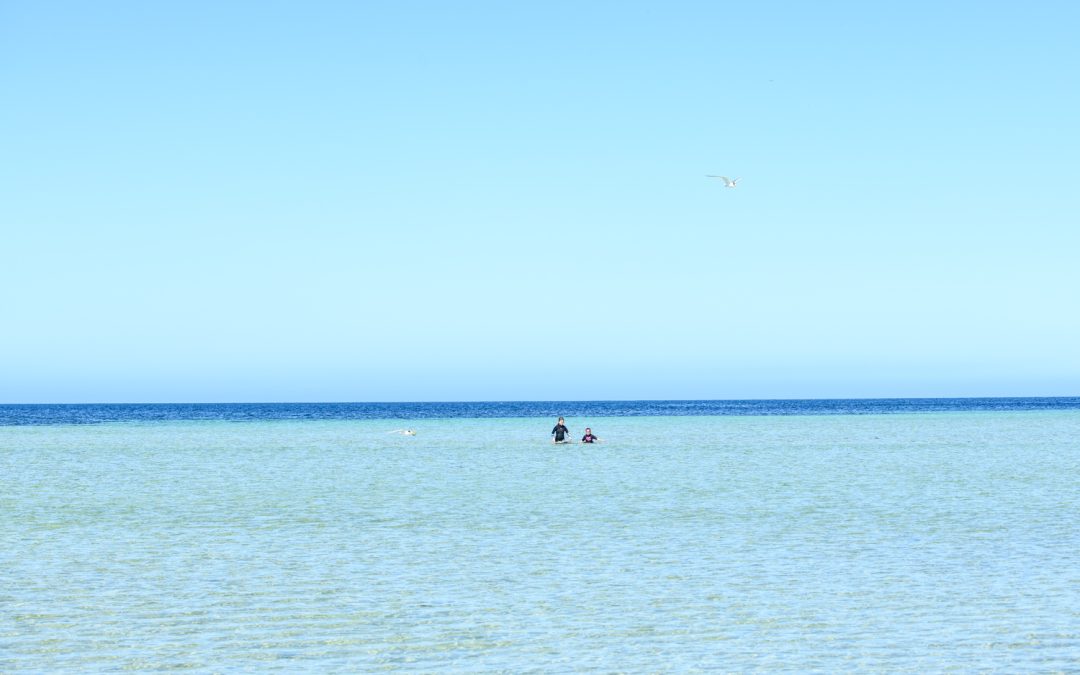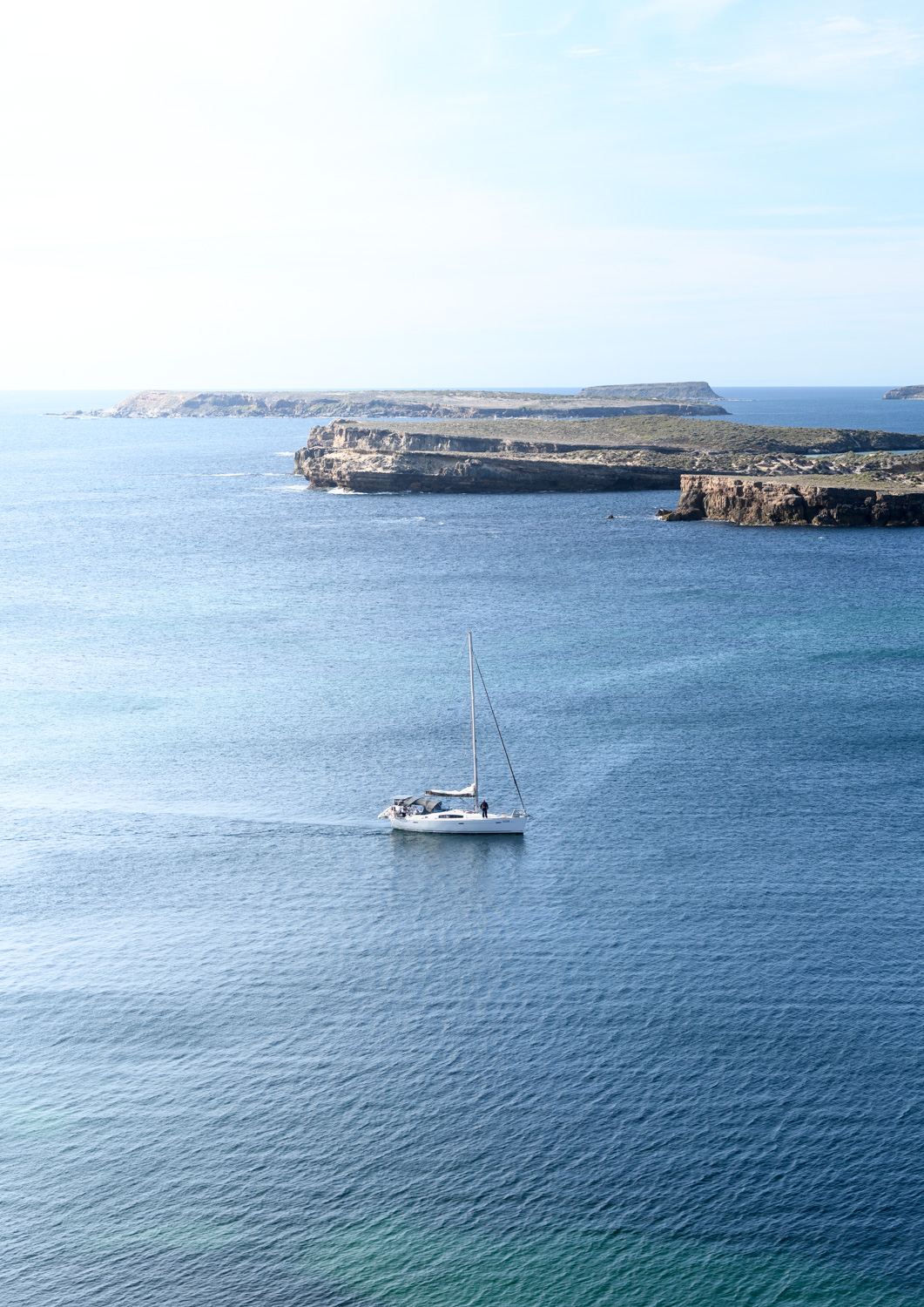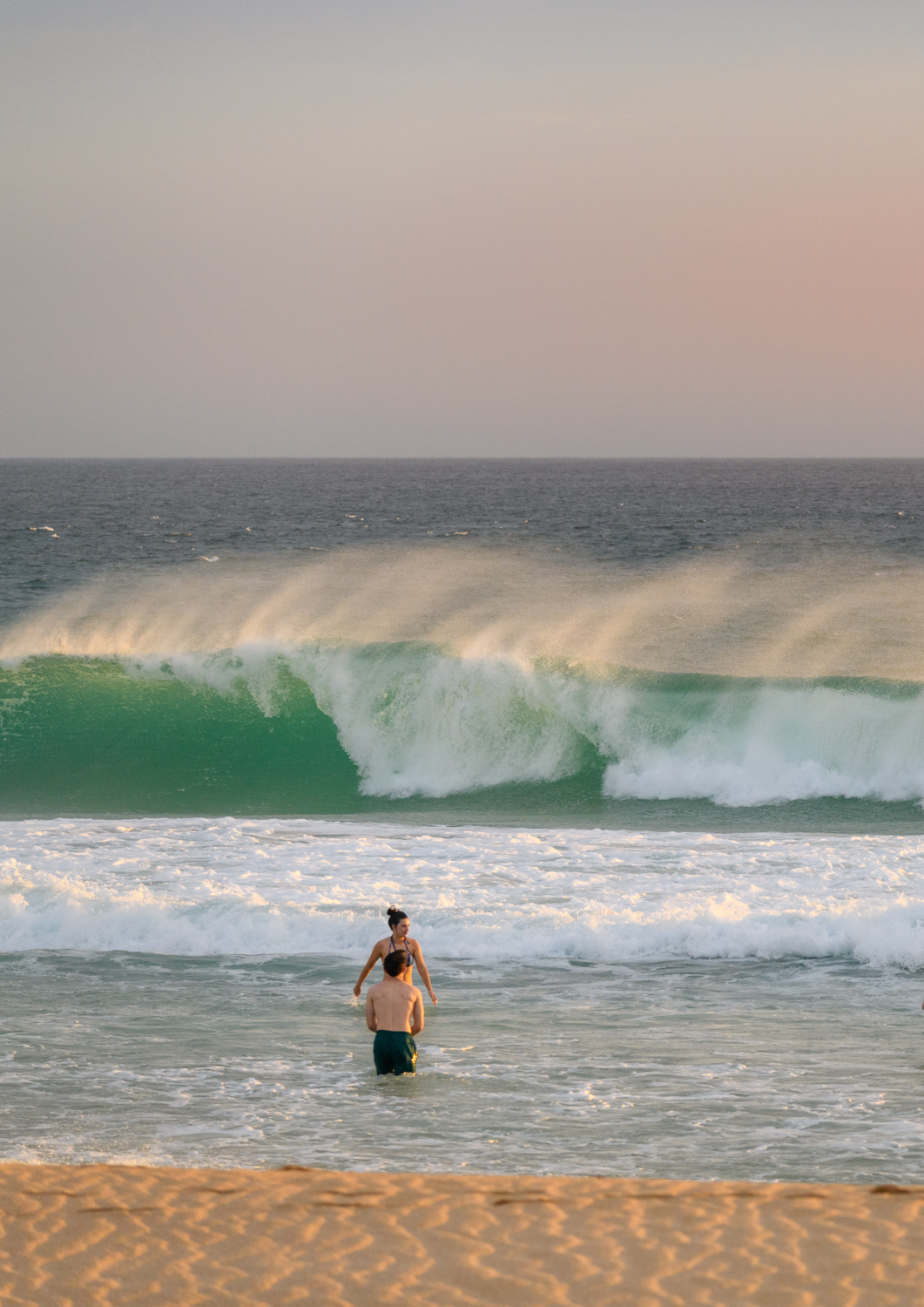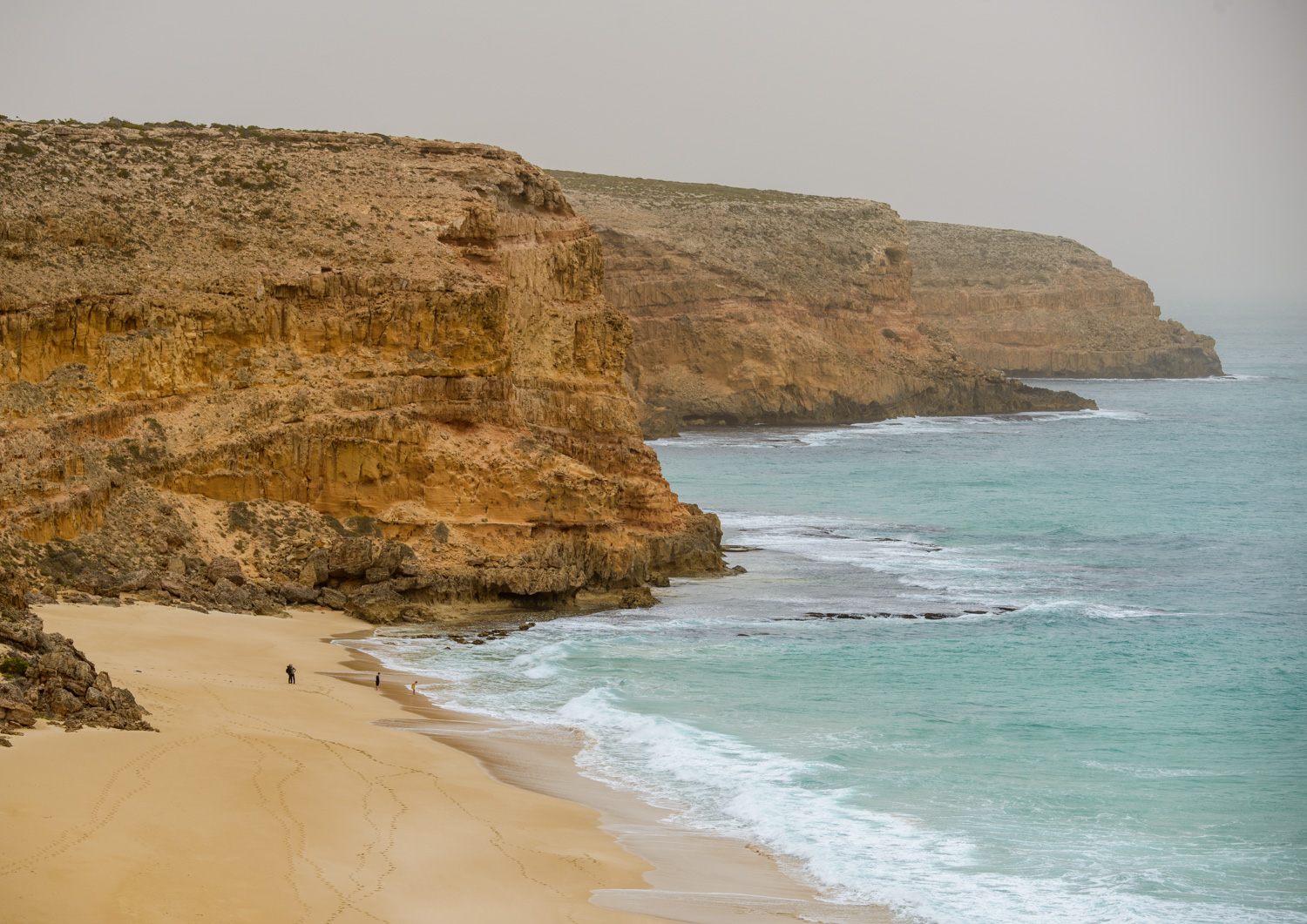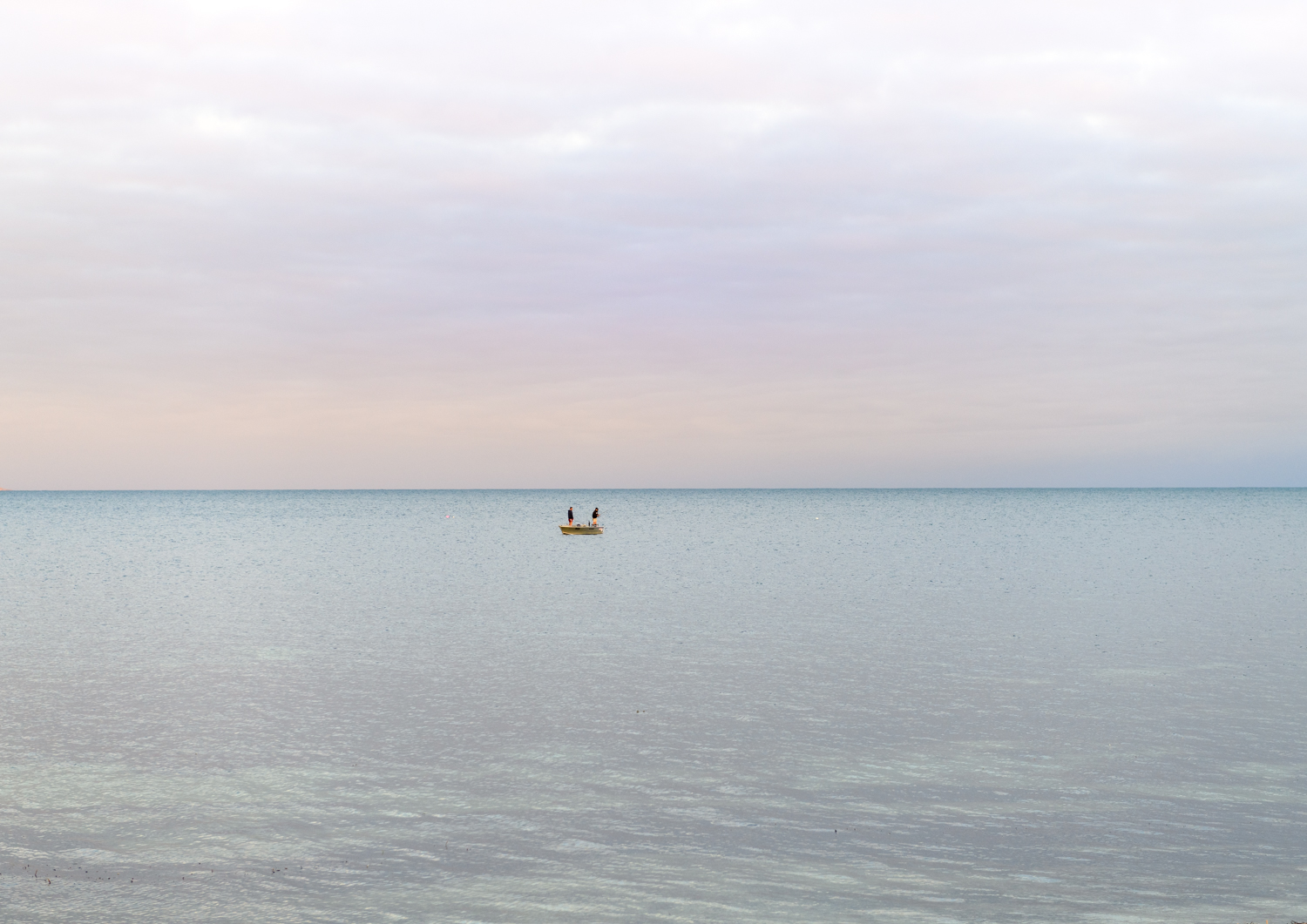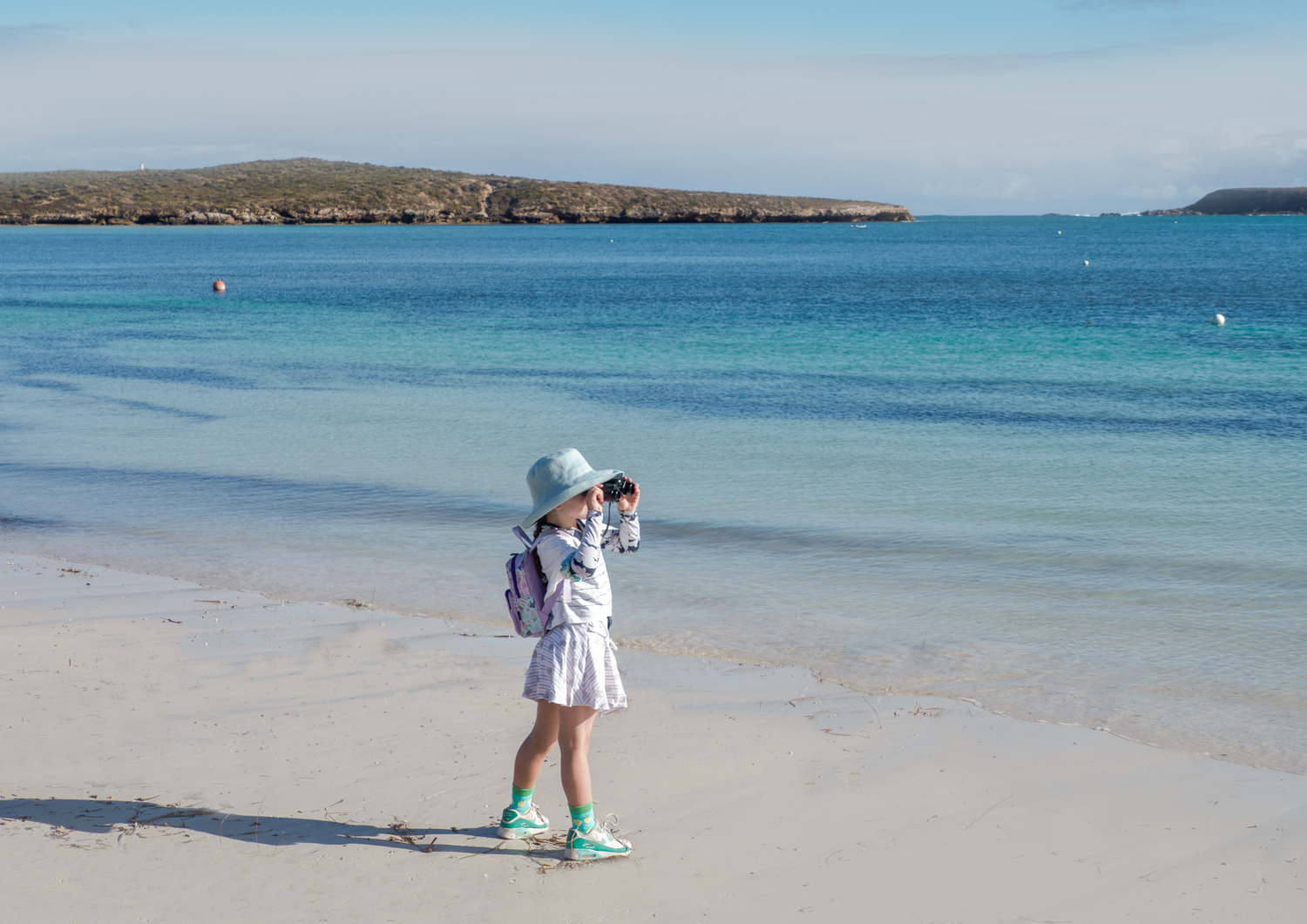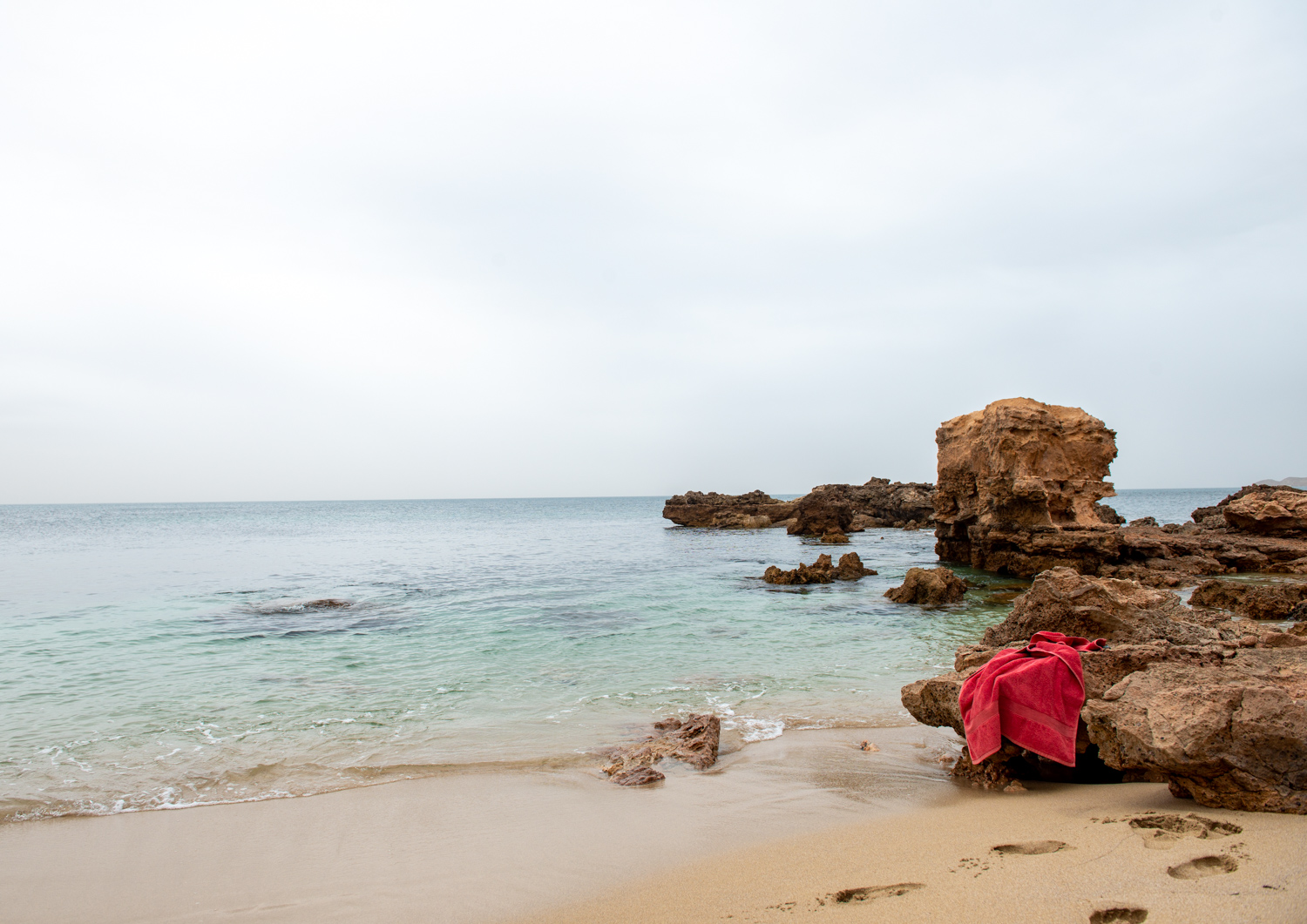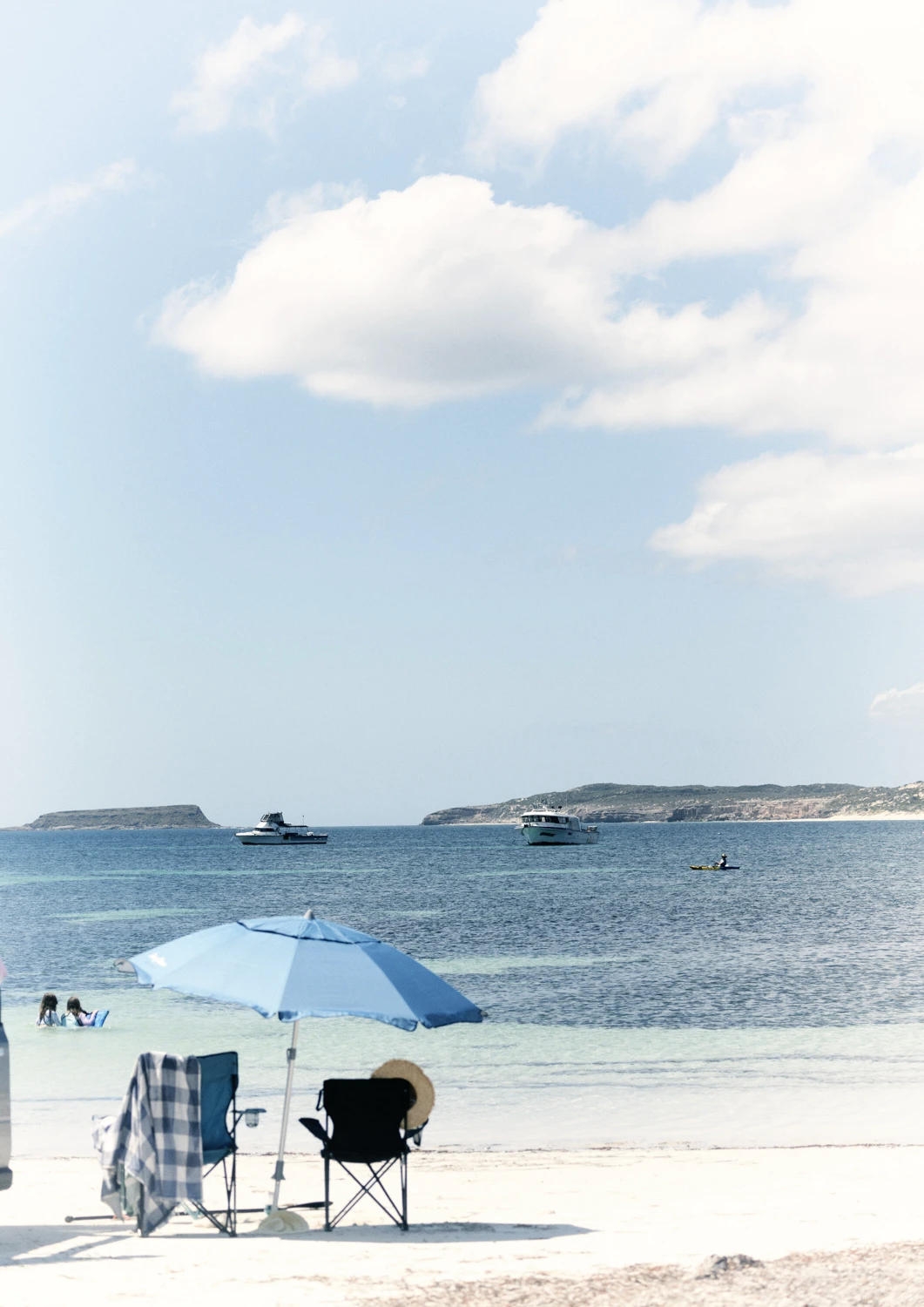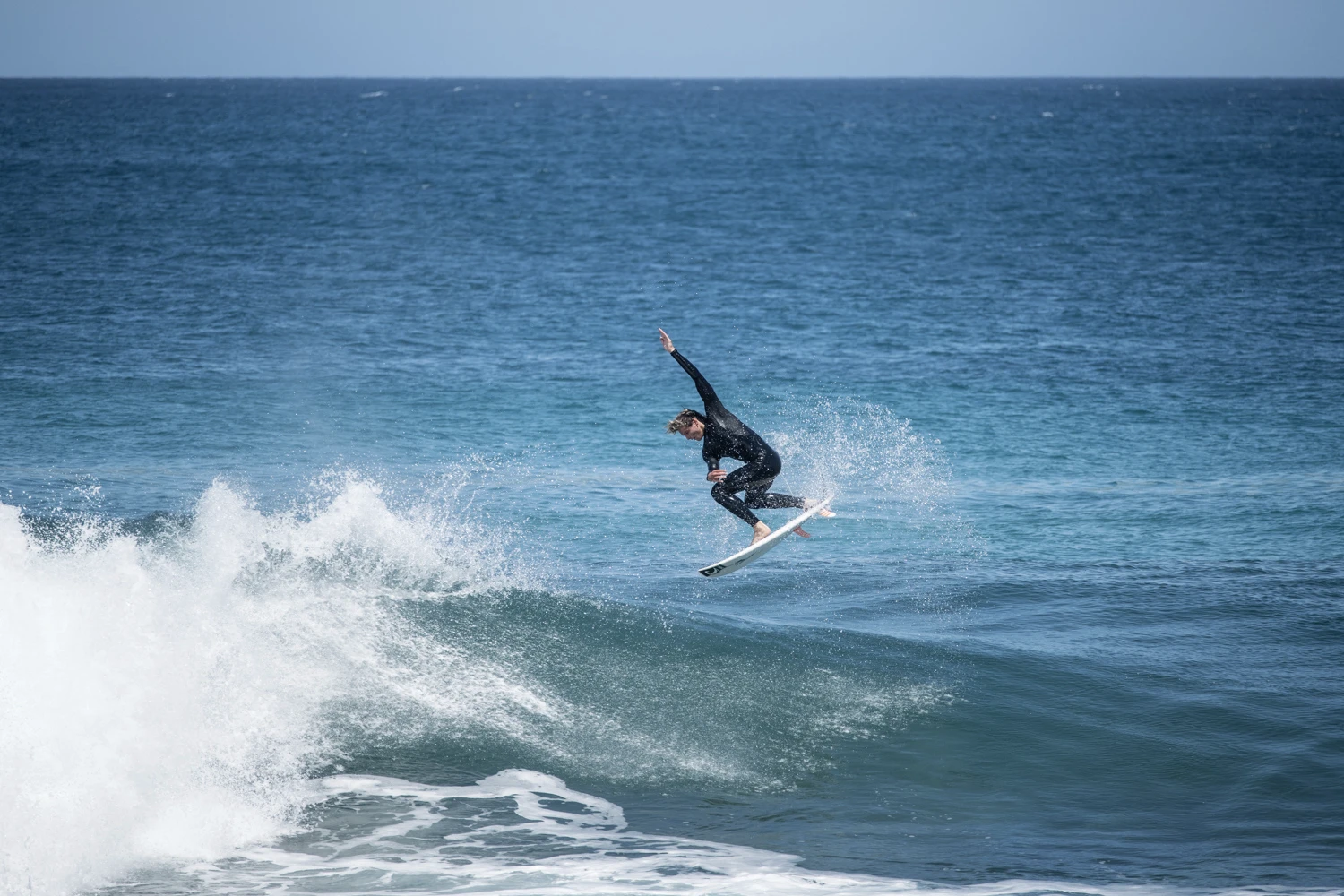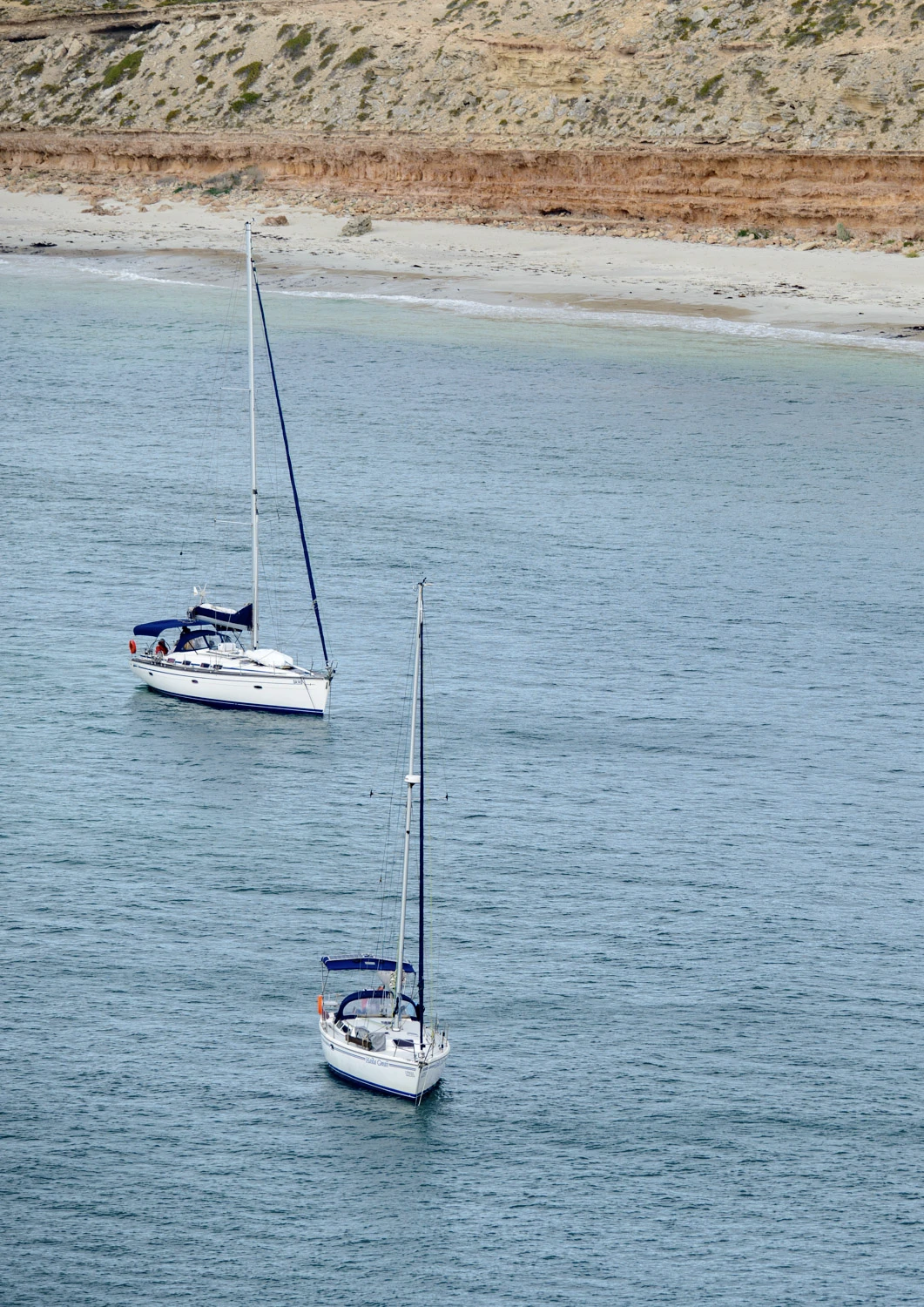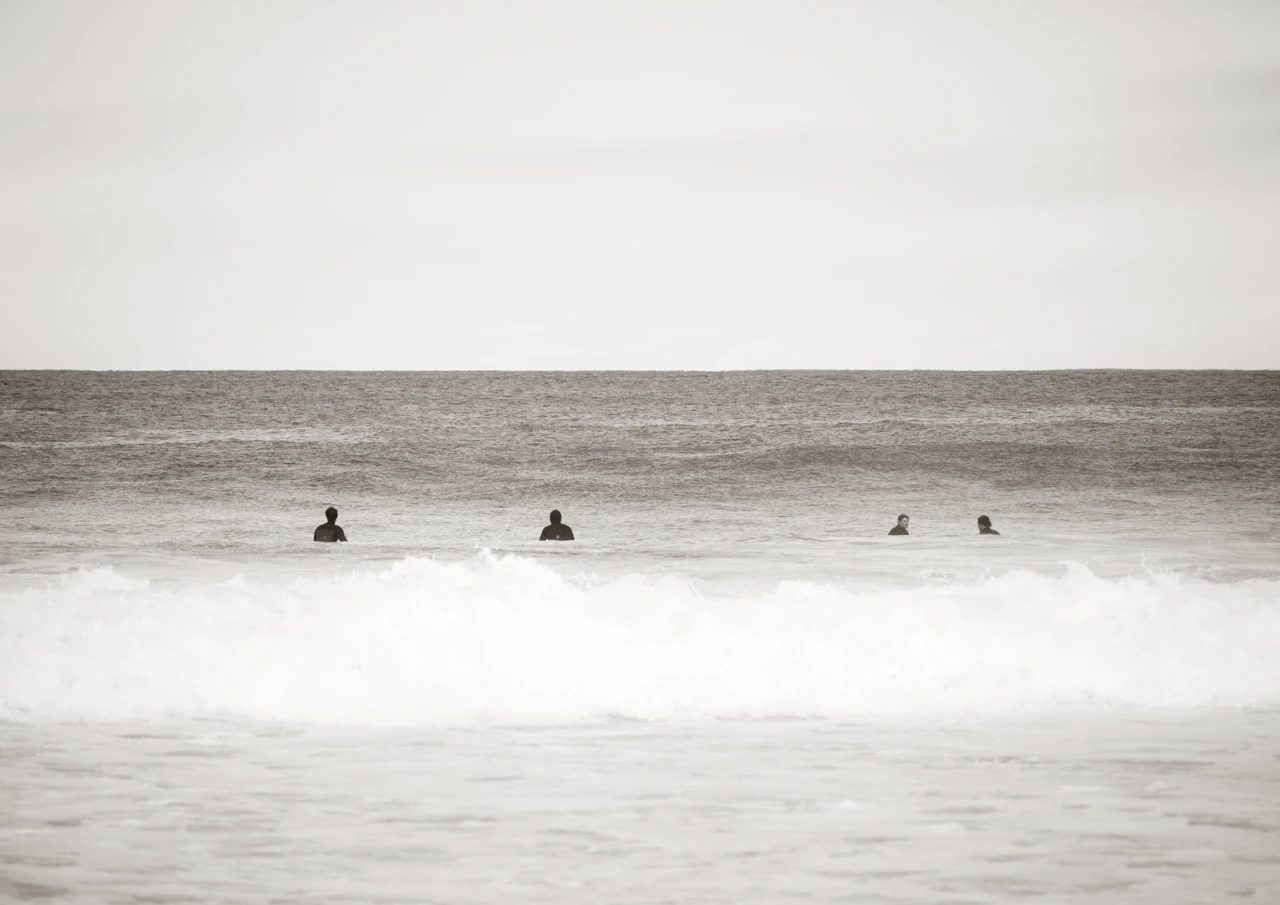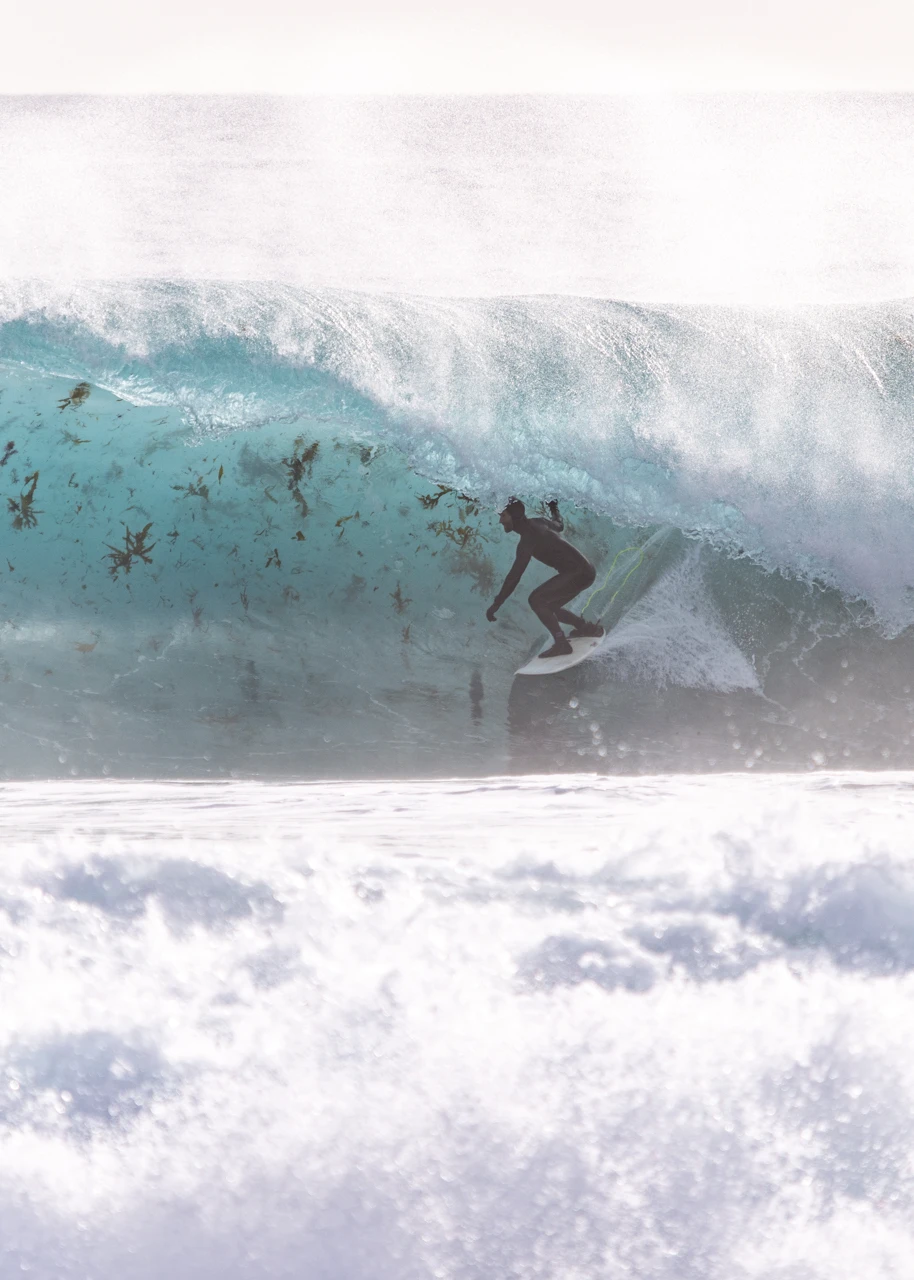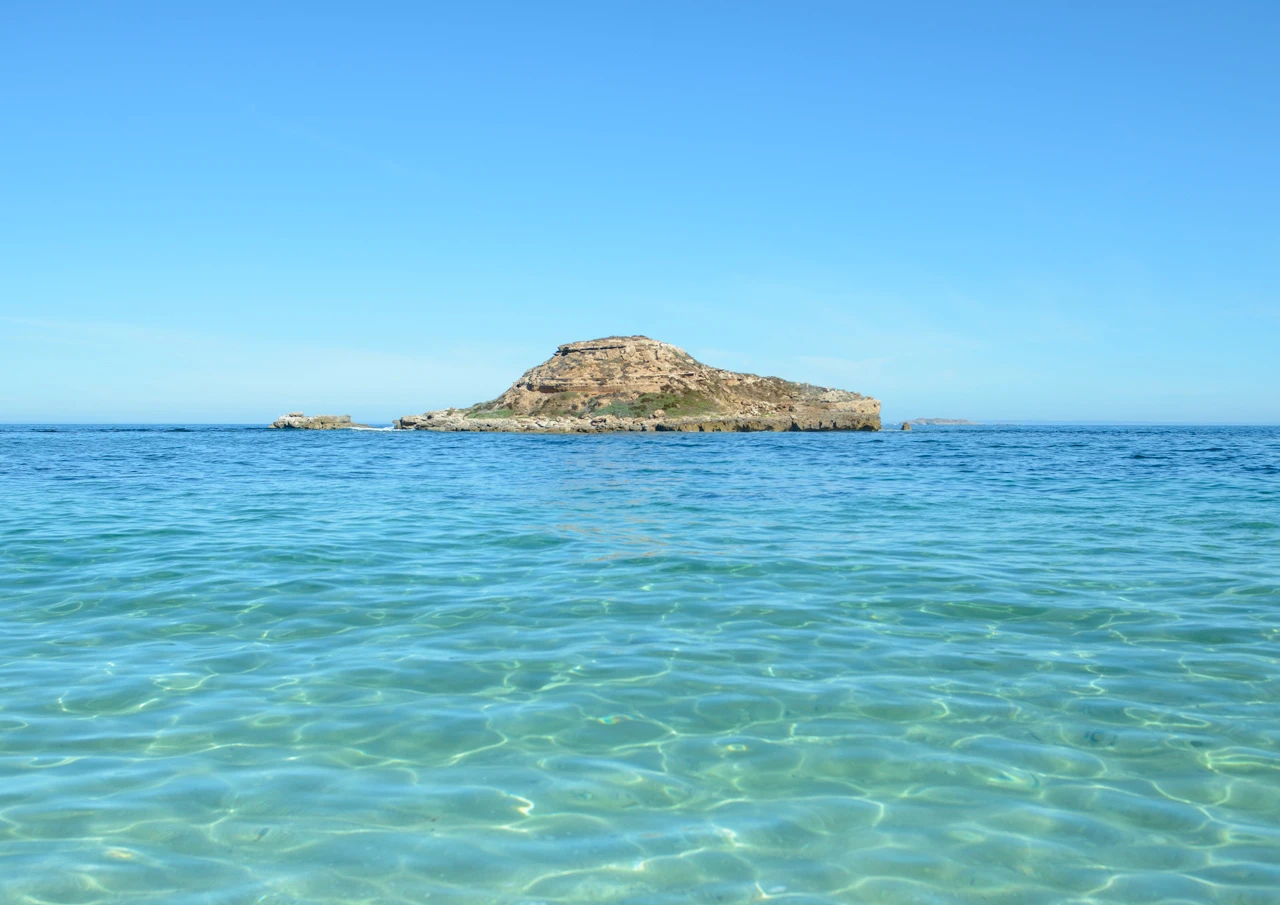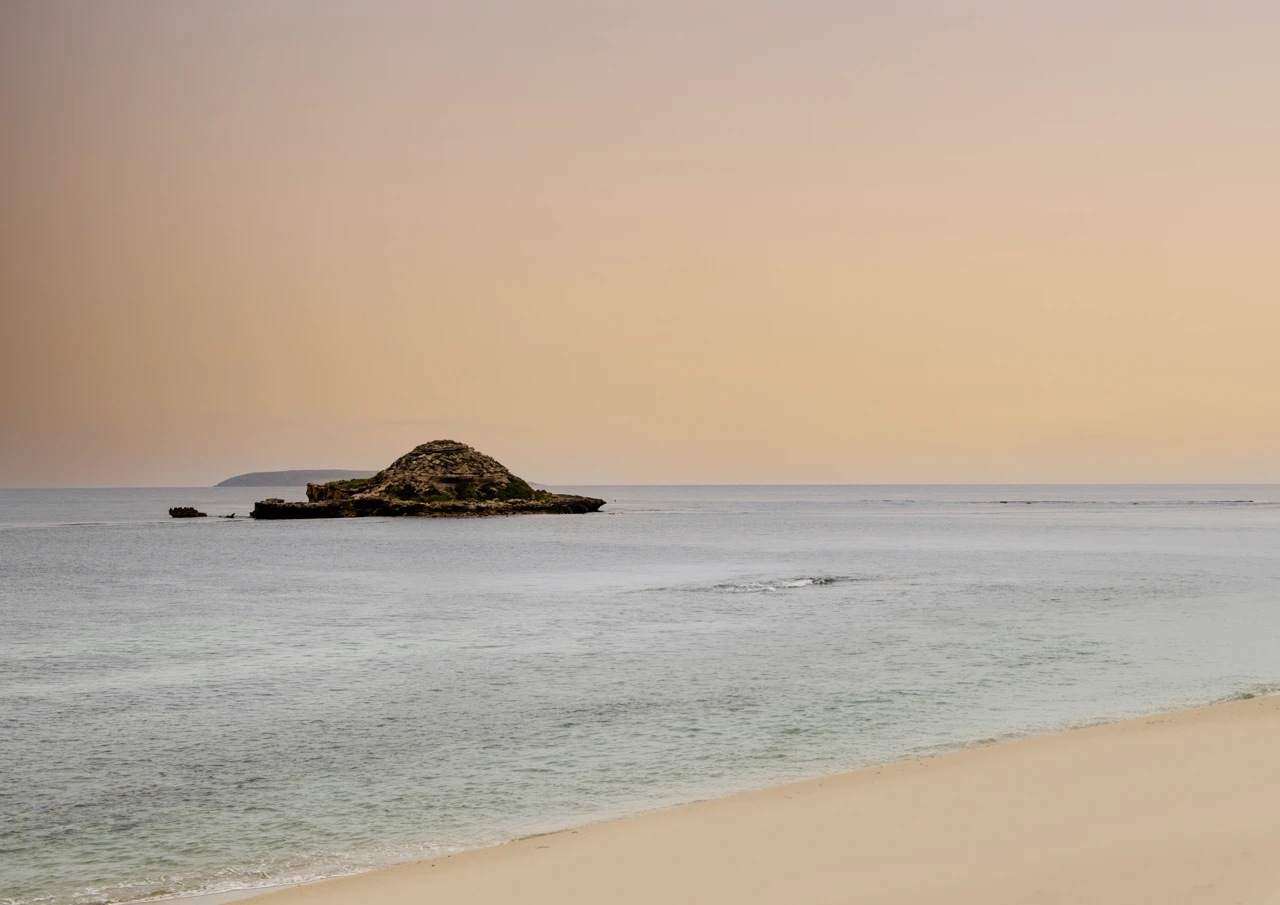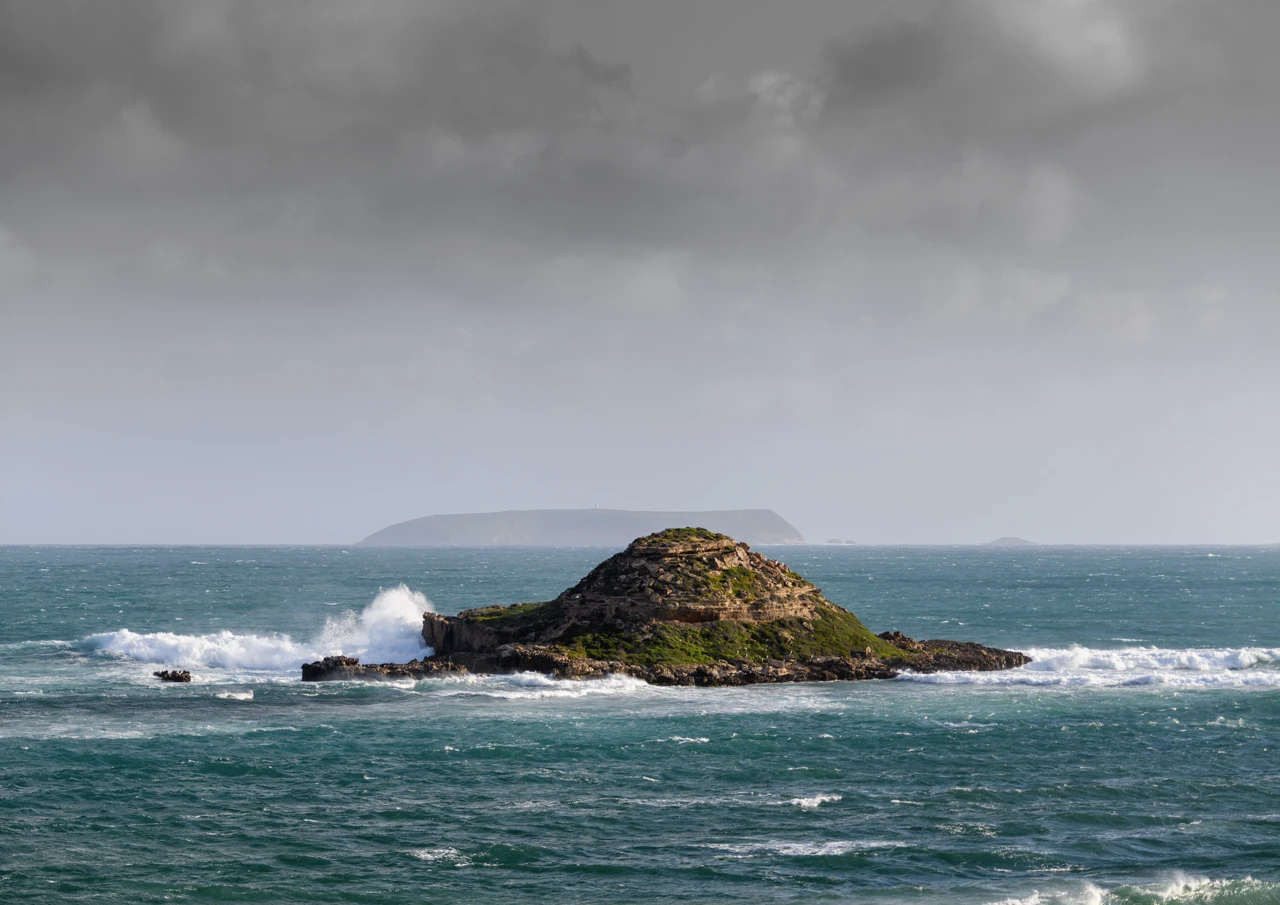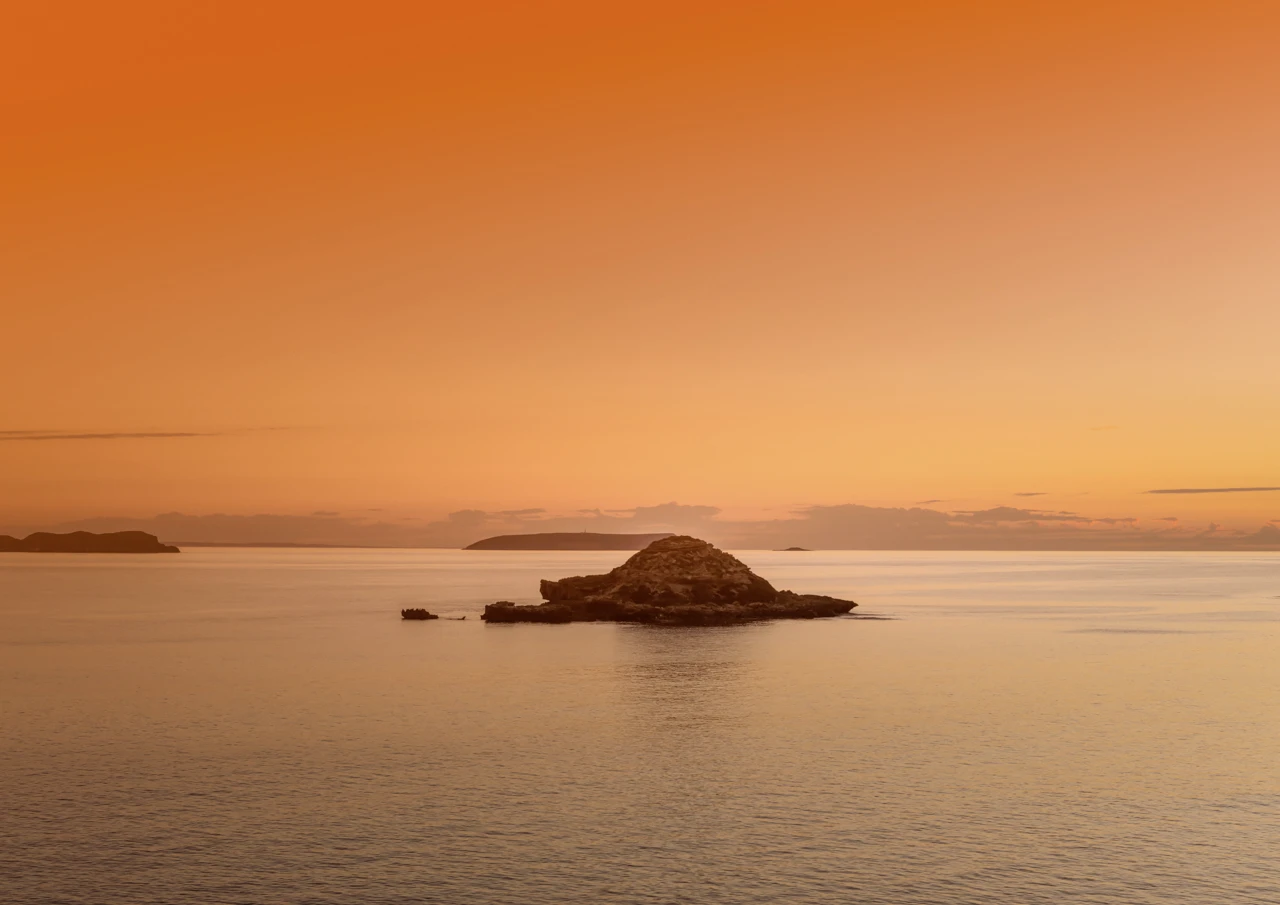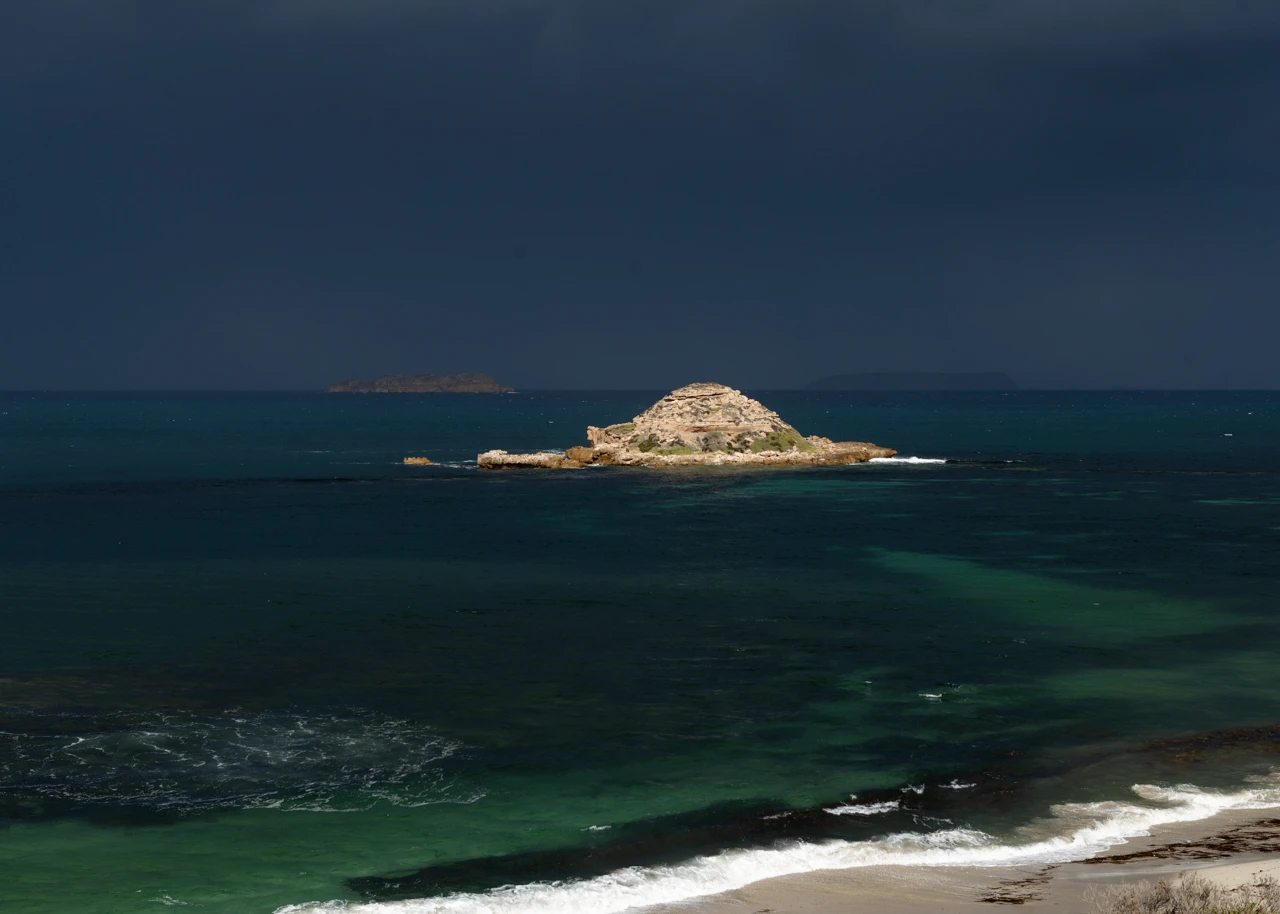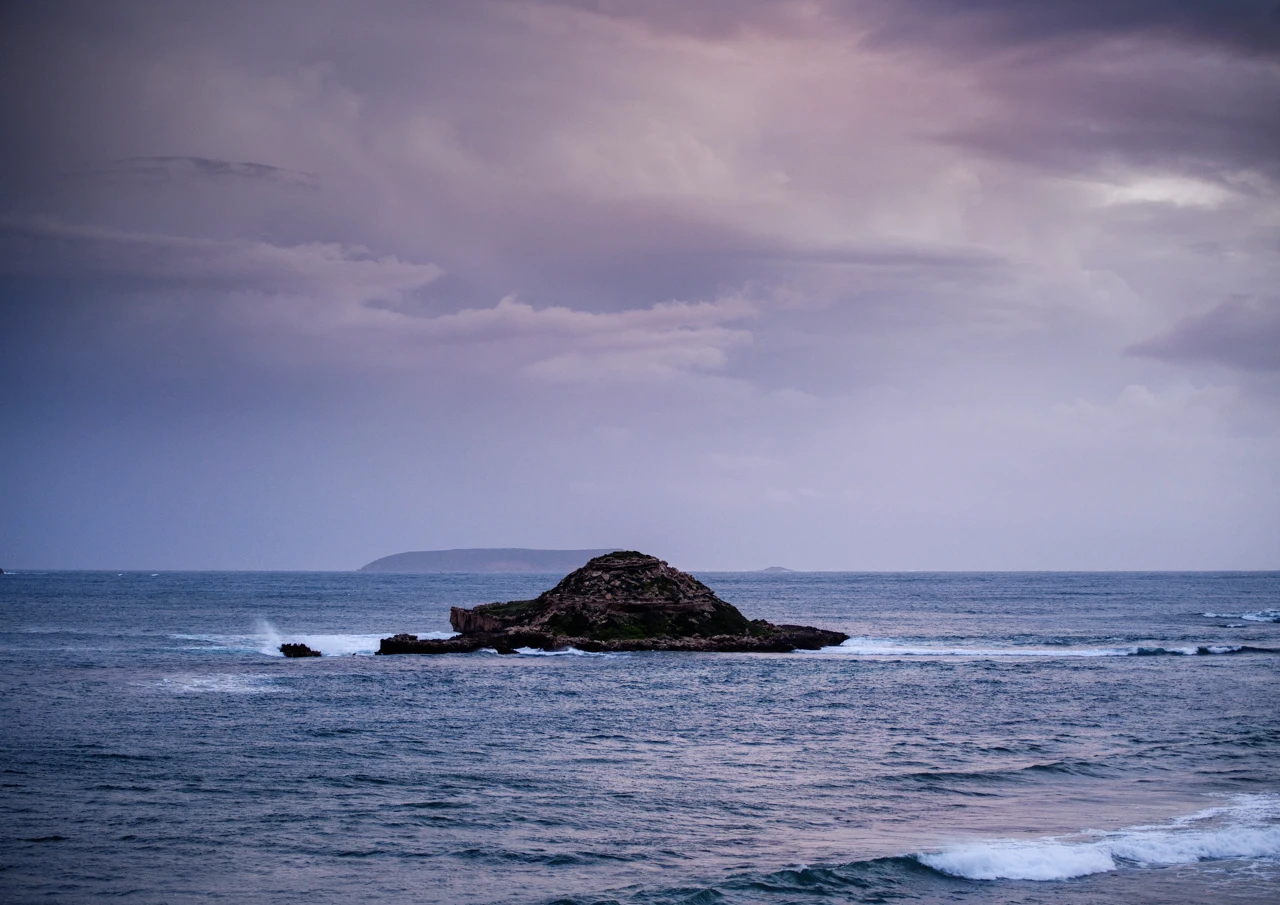
Is light blue a good colour in photography

Colour lightens our life and adds such a beautiful dimension to all we see.
How clever is our God to come up with a concept like colour. Through our eyes we absorb the beauty of creation in an array of colours. Each sunset, each green grassy slope, each red harsh desert, the ocean, greens to deep blues… one certainly could write pages of descriptions, endless and timeless.
We need light to see these colours, darkness cannot comprehend or display any colour at all.
One of the most tranquil and calming colours apparently is light blue.
Soft and gentle, cool and clear. From snowy mountains captured in the South Island of New Zealand to brilliant coastal sights captured in South Australia.
Light blue is good for your health and your soul. As we view this soft colour endorphines are released and we are calmed and soothed. Being a cool colour it also has a cleansing and refreshing effect on us.
Conclusion….Yes, light blue is a fabulous colour to use in your photography!
Tips to get that soft light blue colour.
*Editing your photos becomes a must, as the blue of the sky or the ocean is quite a vivid blue and very often is not that soft gentle shade we want. I generally desaturate my images and try and tone down the brightness of the blue. I often raise the exposure a little as well.
* You may try adding a haze of white over your blue sky to soften it. I use photoshop for this.
* Snowy scenes are often perfect for that light blue shade. The sky in the early morning around the mountains can look quite spectacular. Once again try the desaturation slider if the blue is too intense.
* Try photgraphing on a cloudy day and try different settings. Experimentation is a great way to perfect your art.
* In South Australia there are some magnificent salt lakes that are that exact soft light blue shade. So if you are fortunate enough to live near some salt lakes, try your hand at photographing those.
* Dial the shutter speed down a bit so your images are a fraction lighter. Take a look and make the necessary changes.
Good luck and have fun.
Gallery

